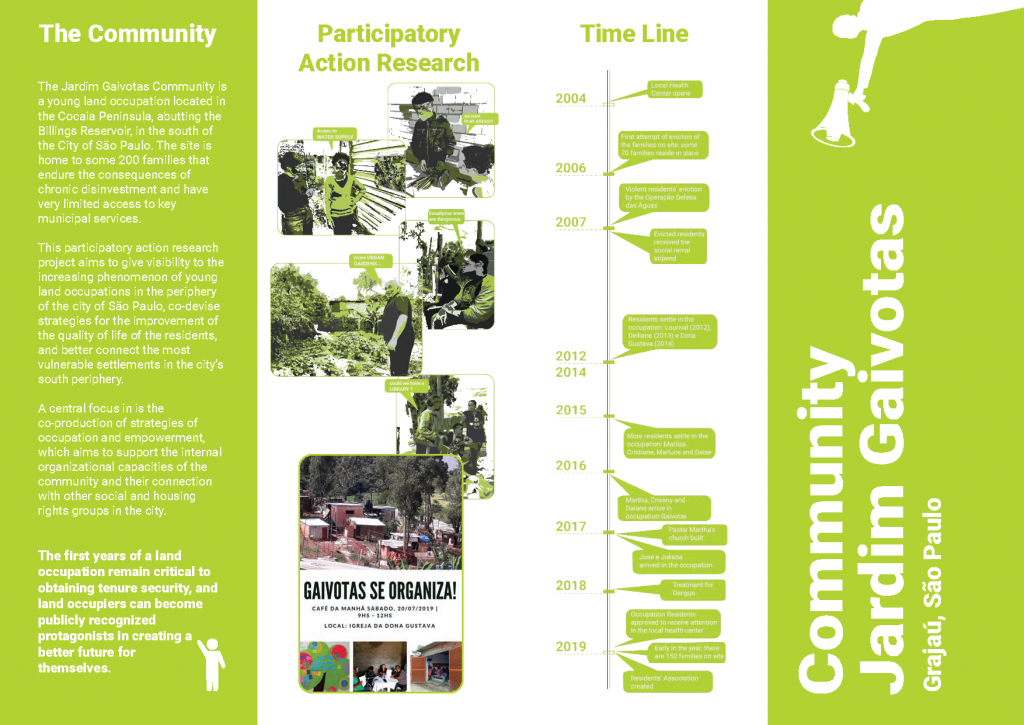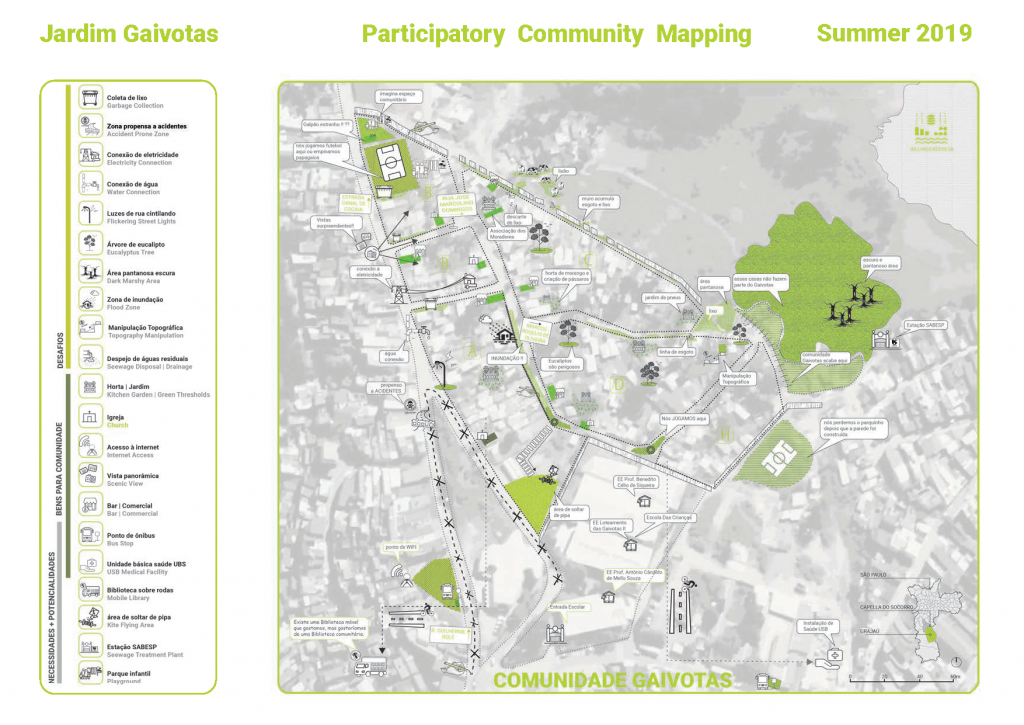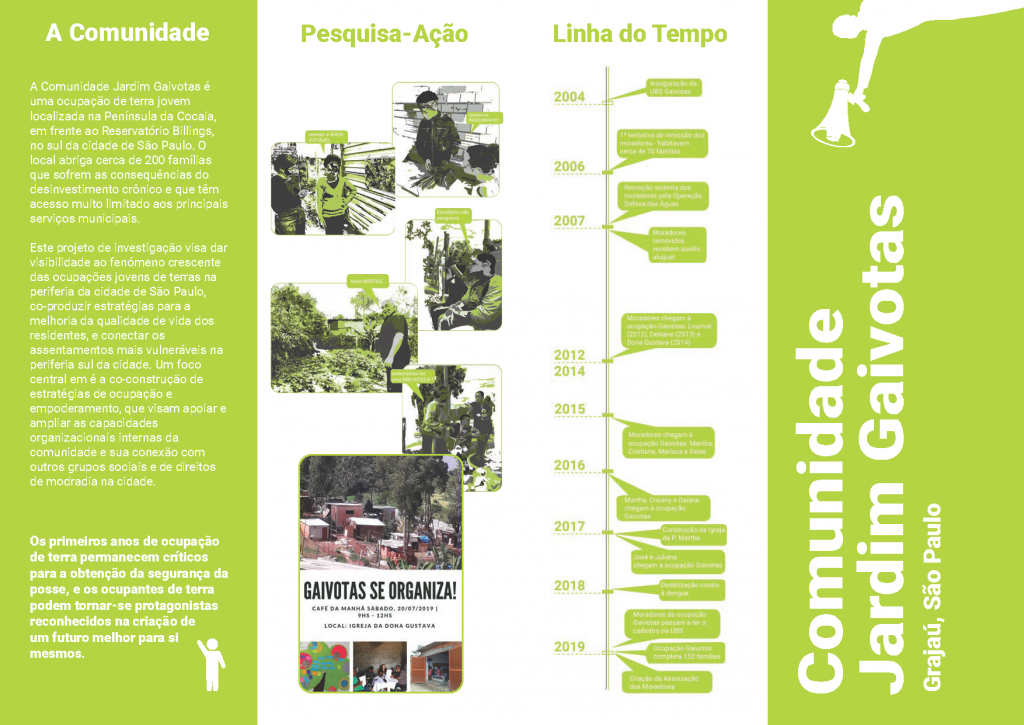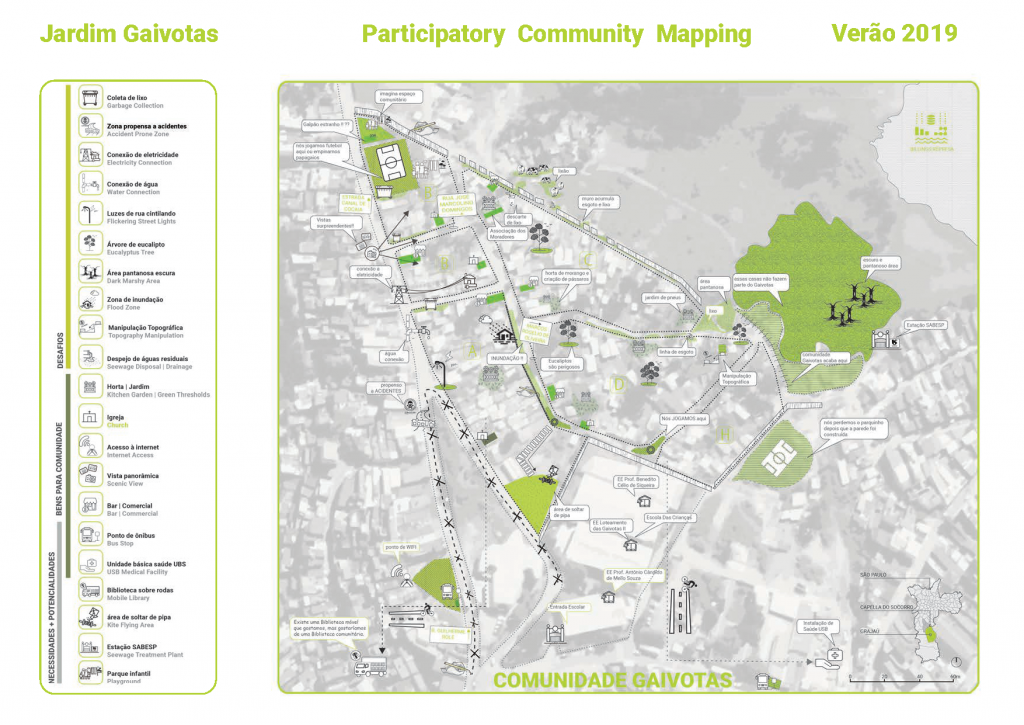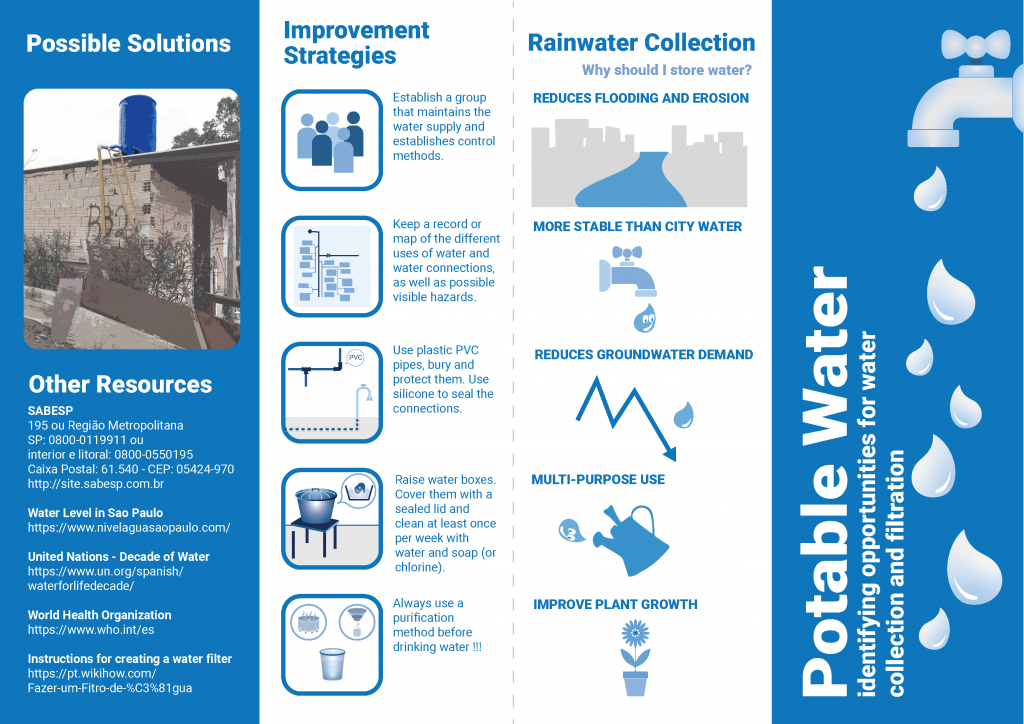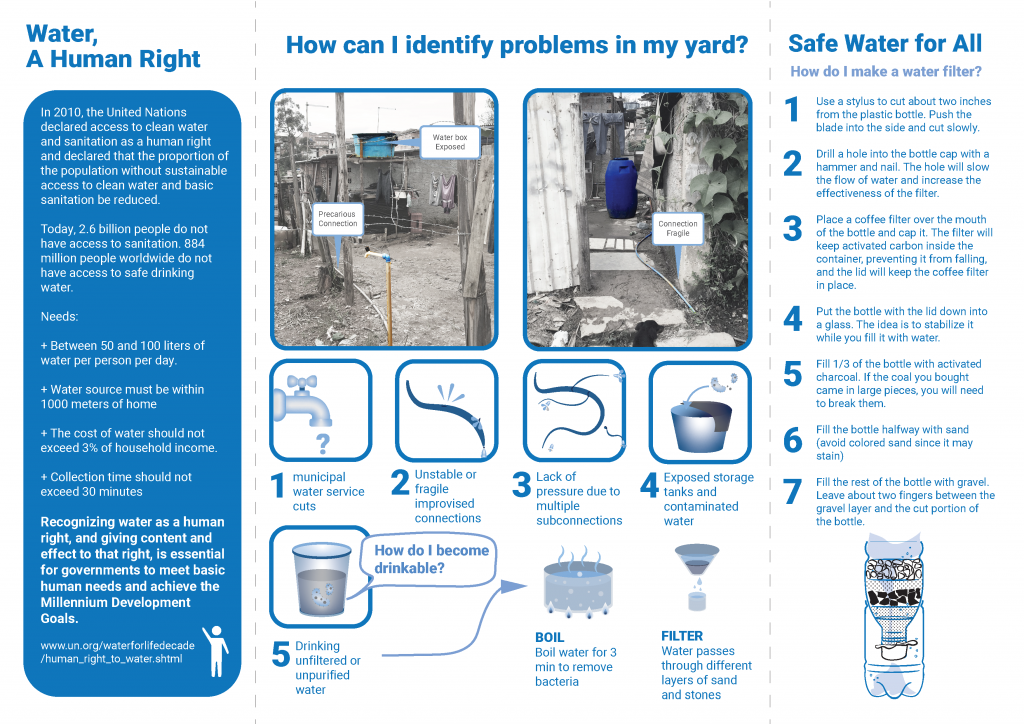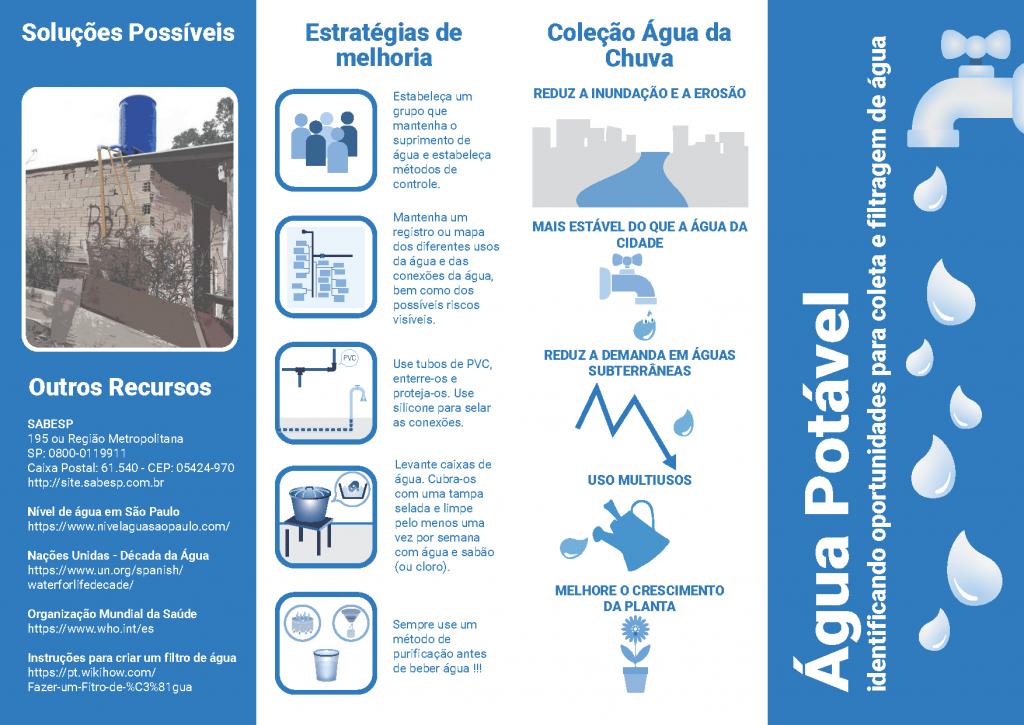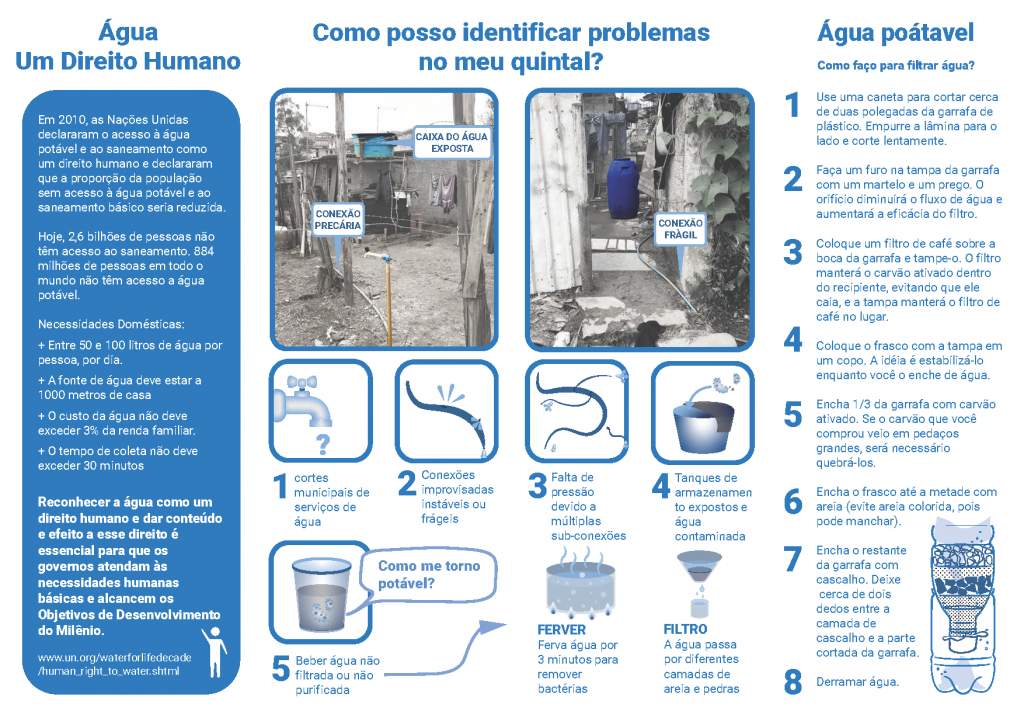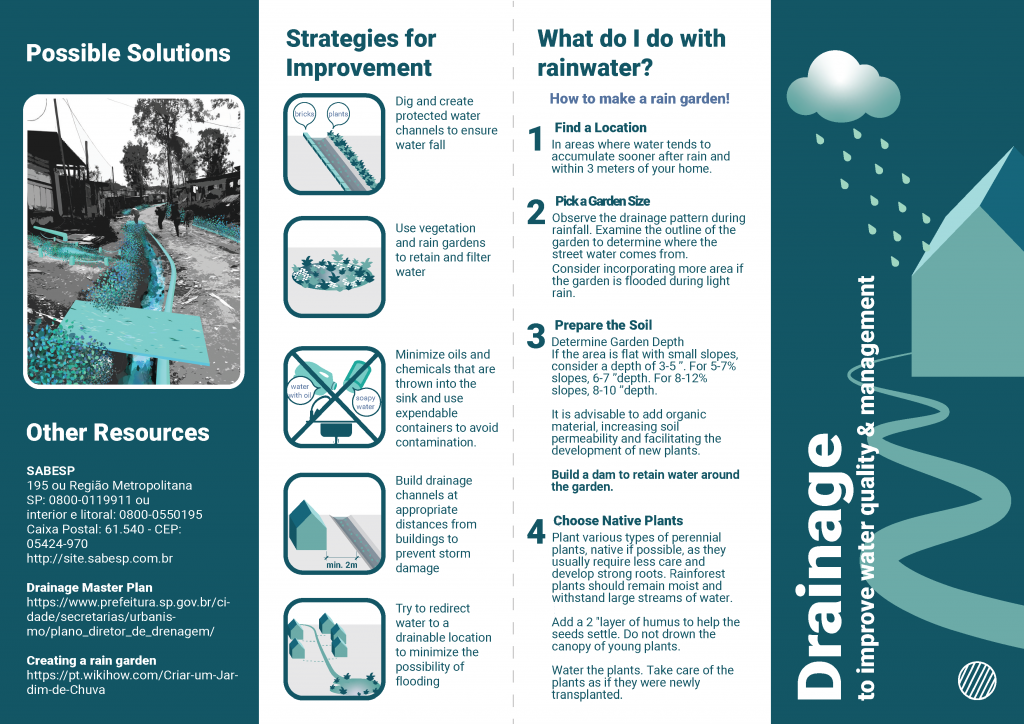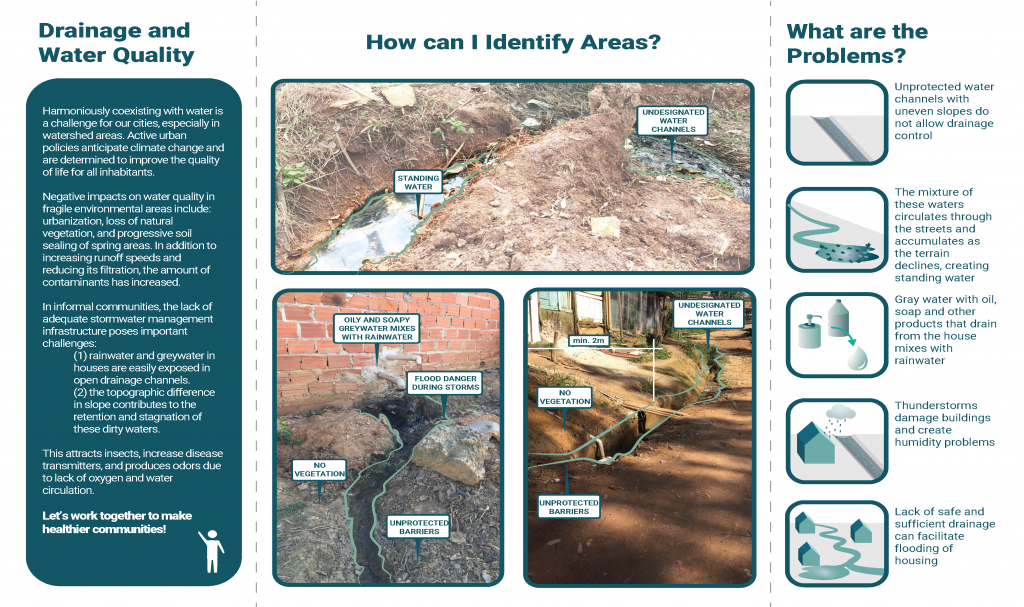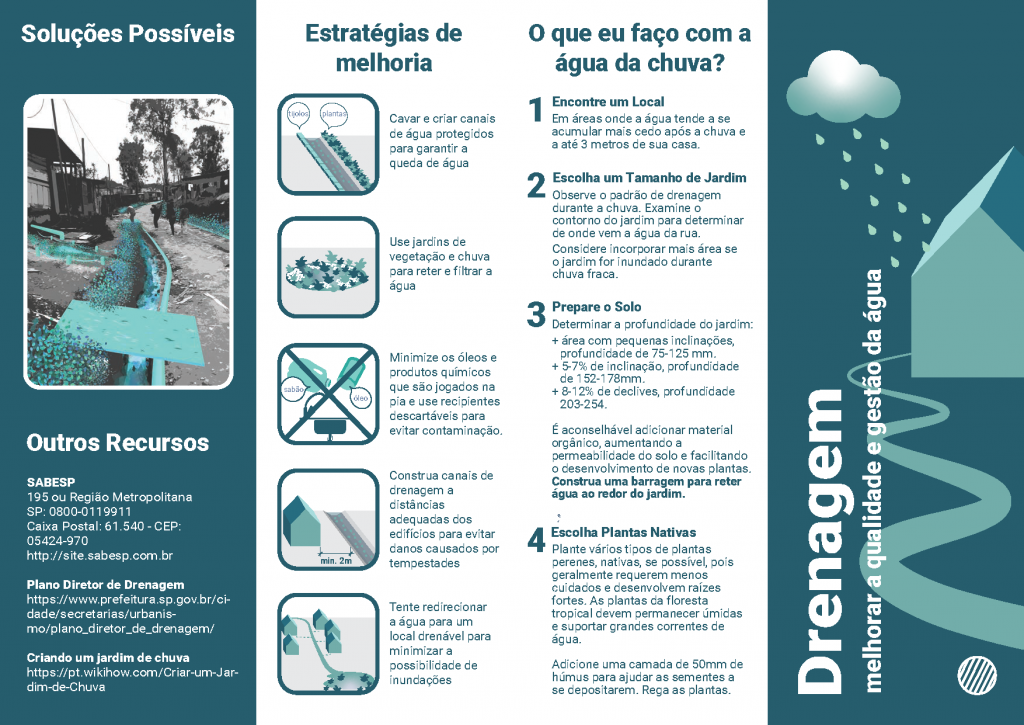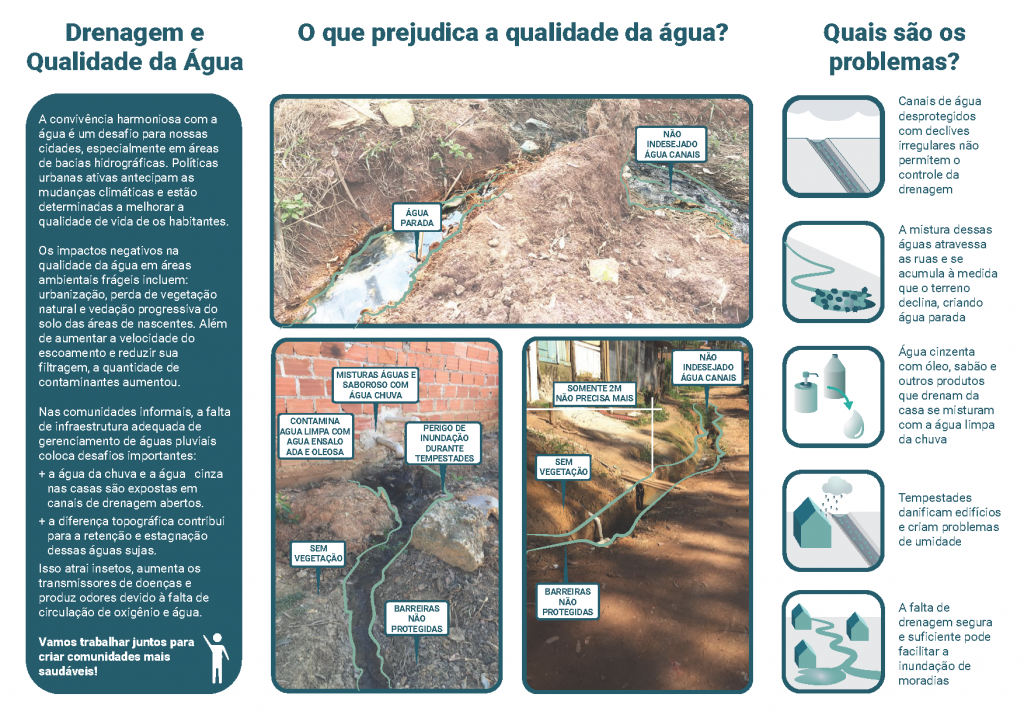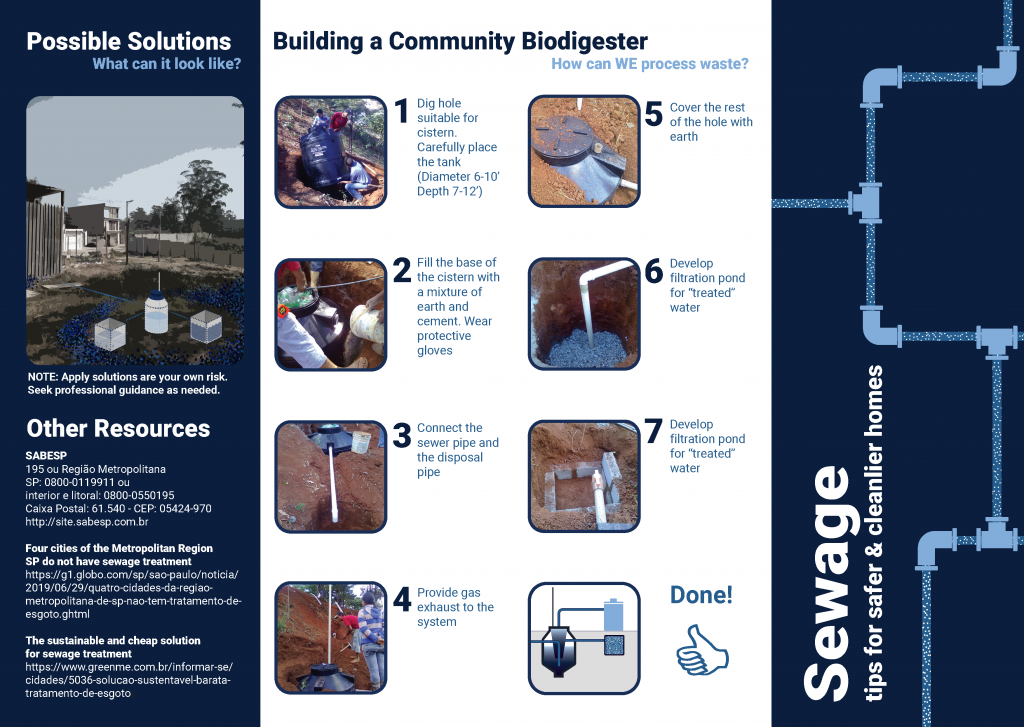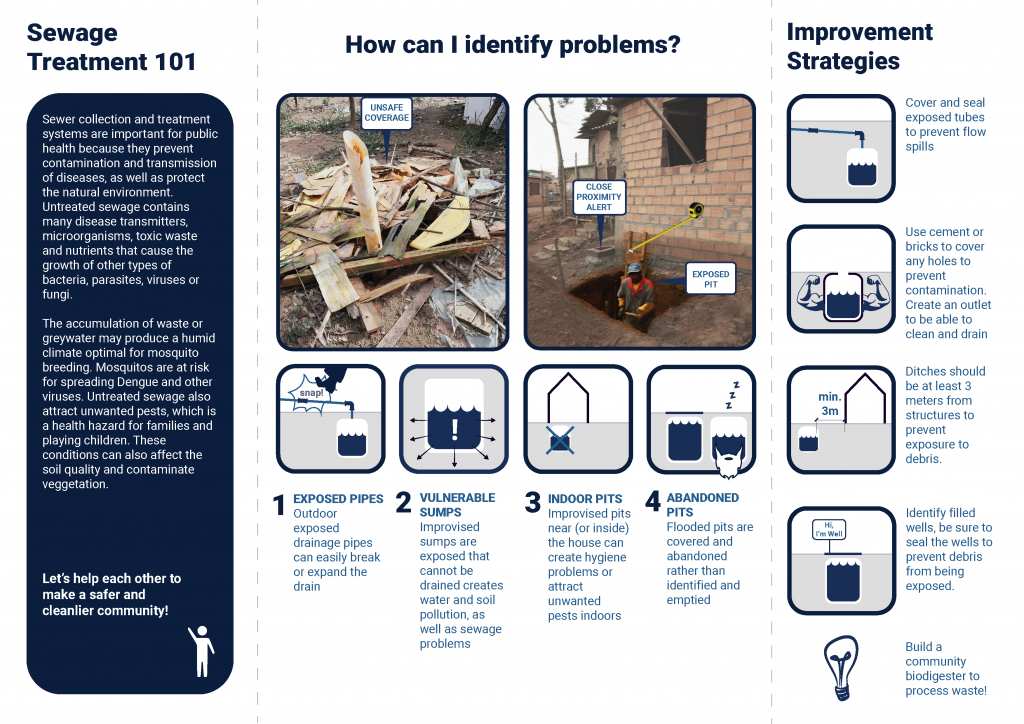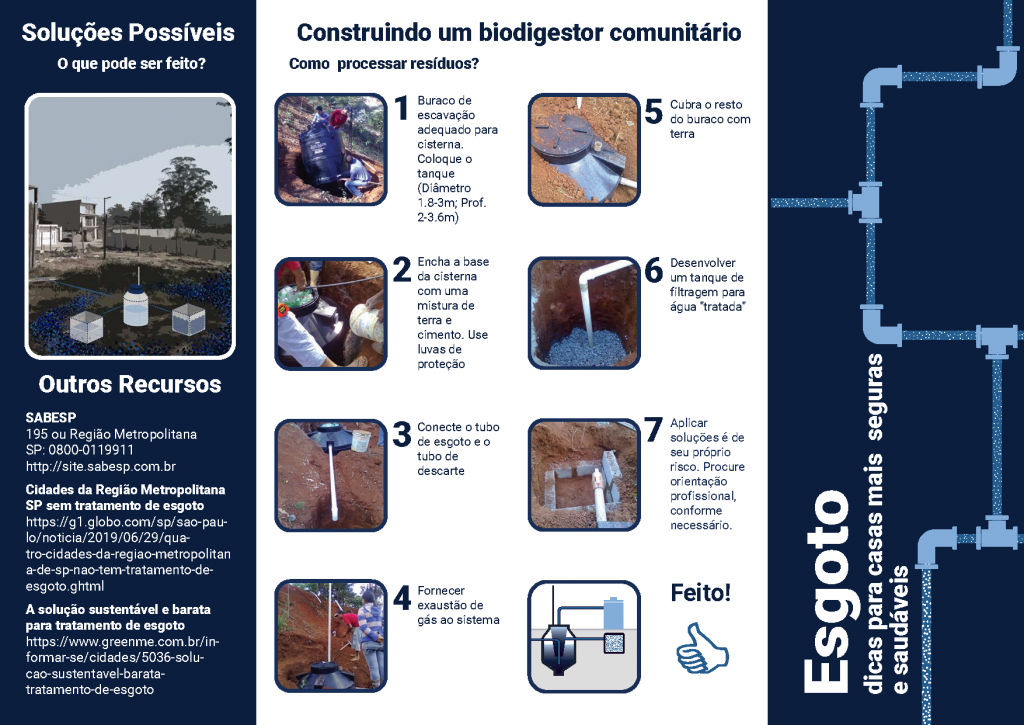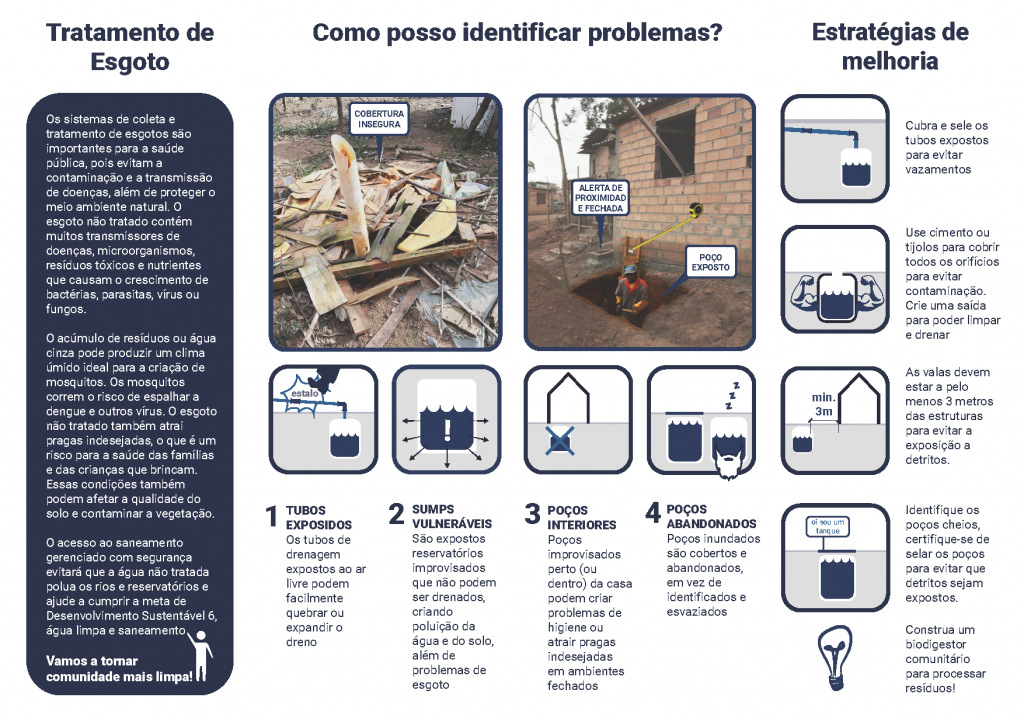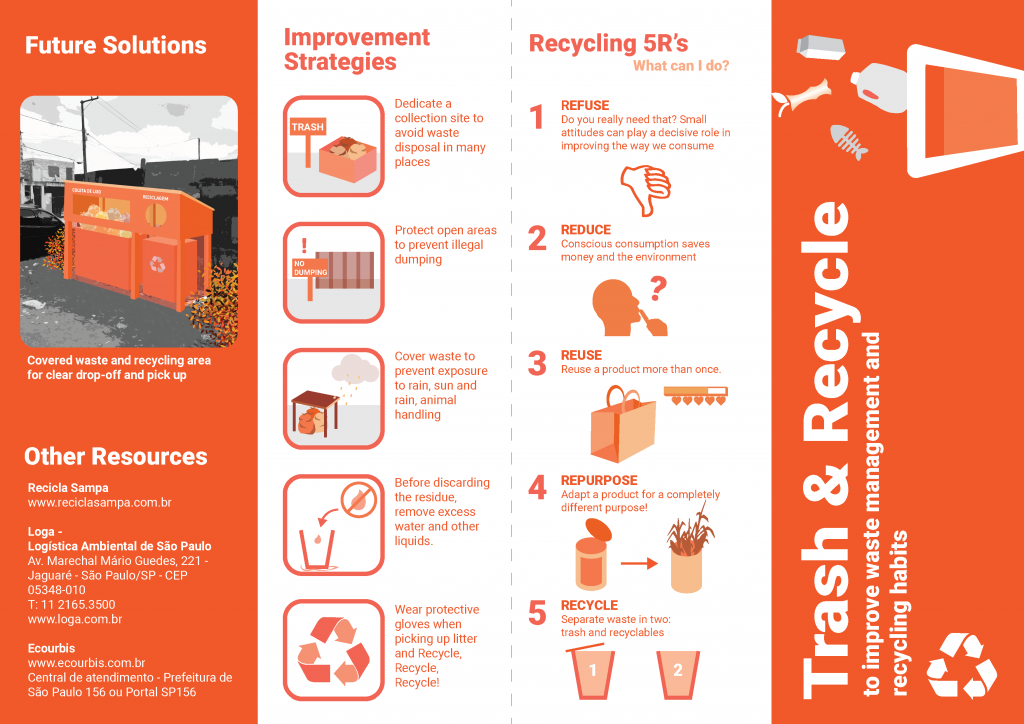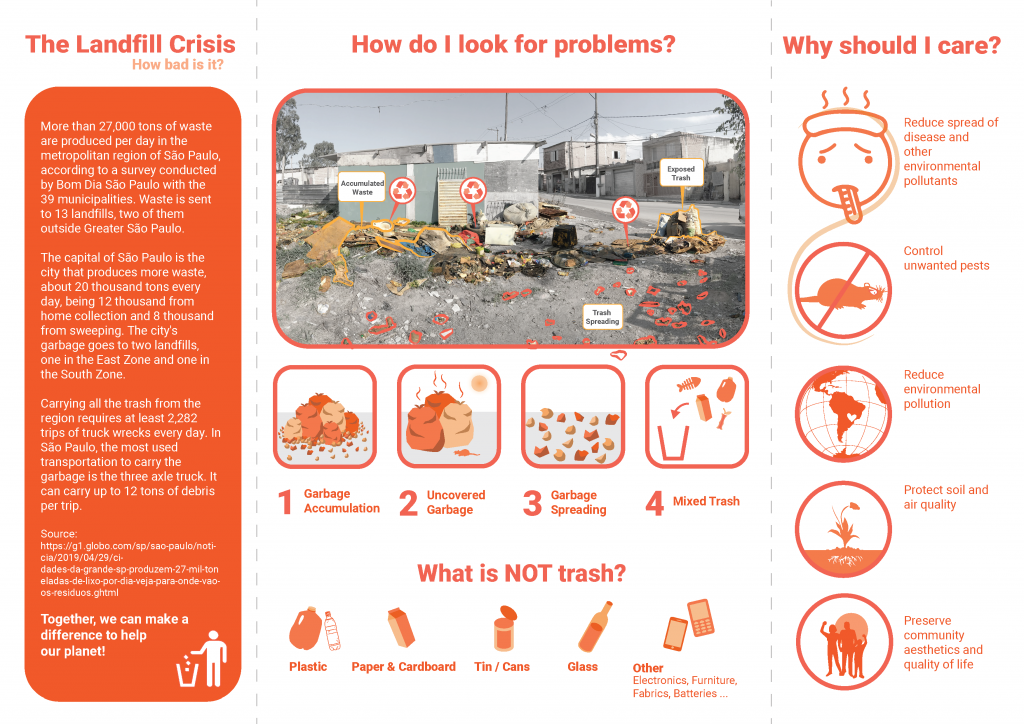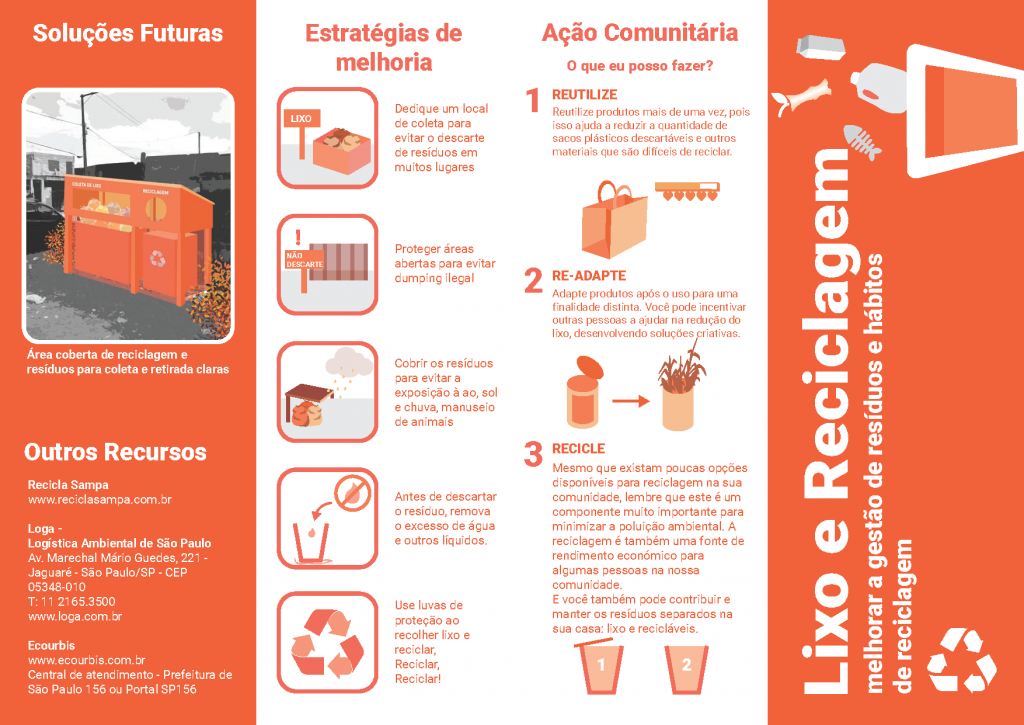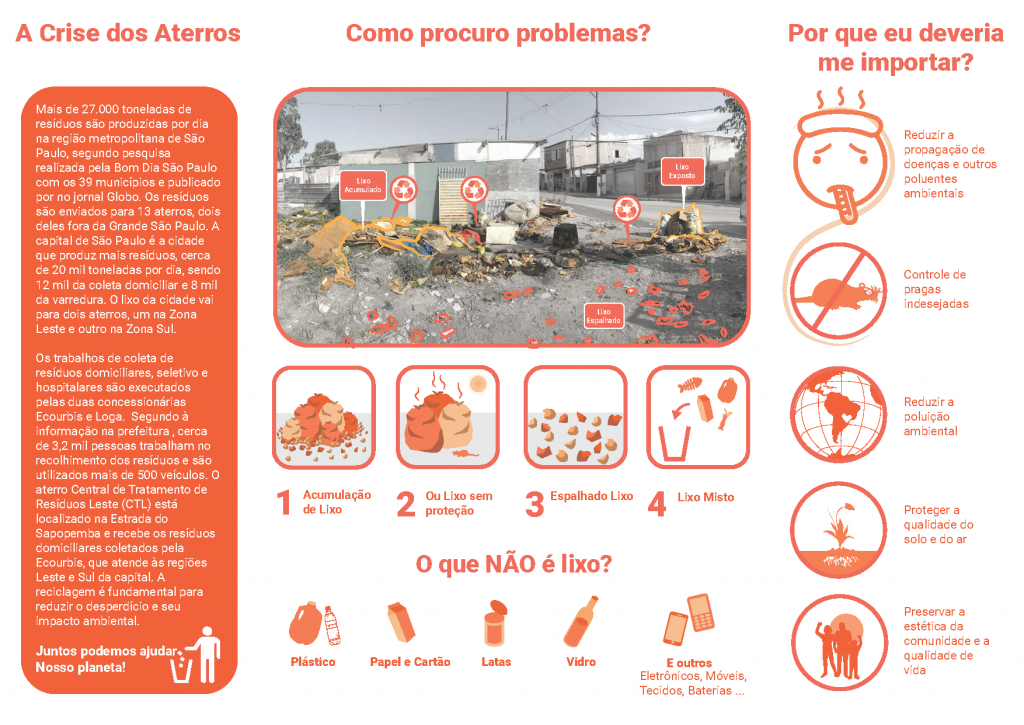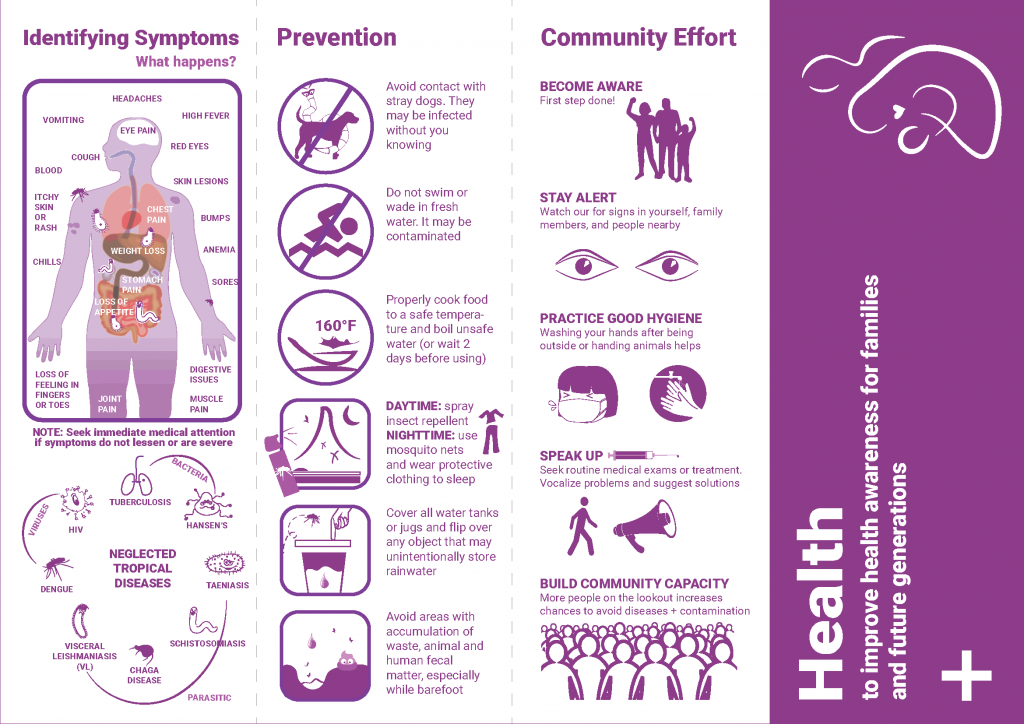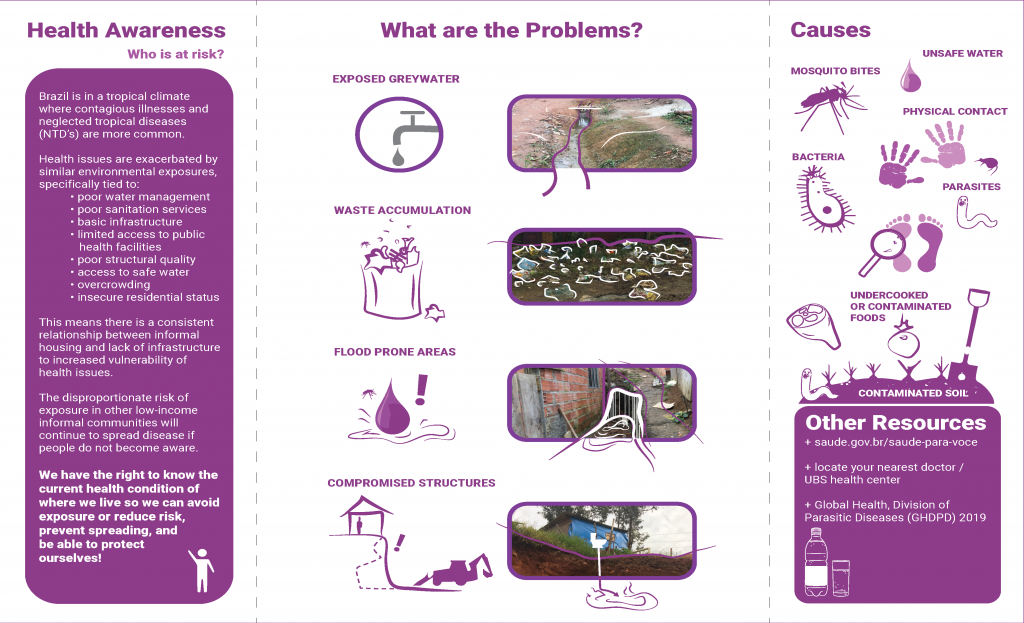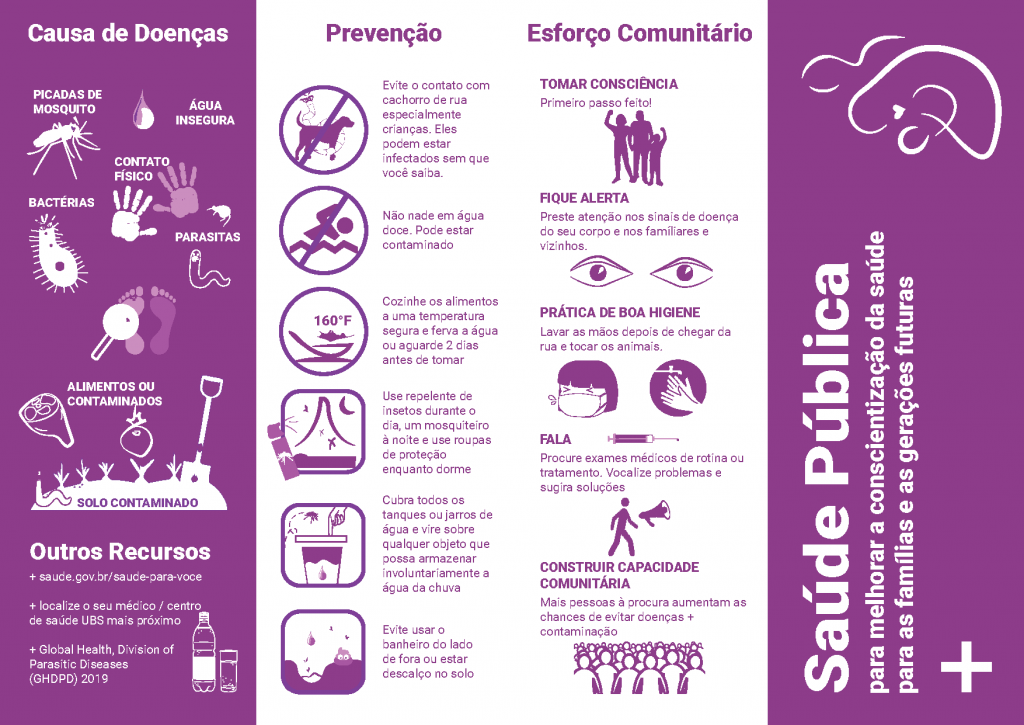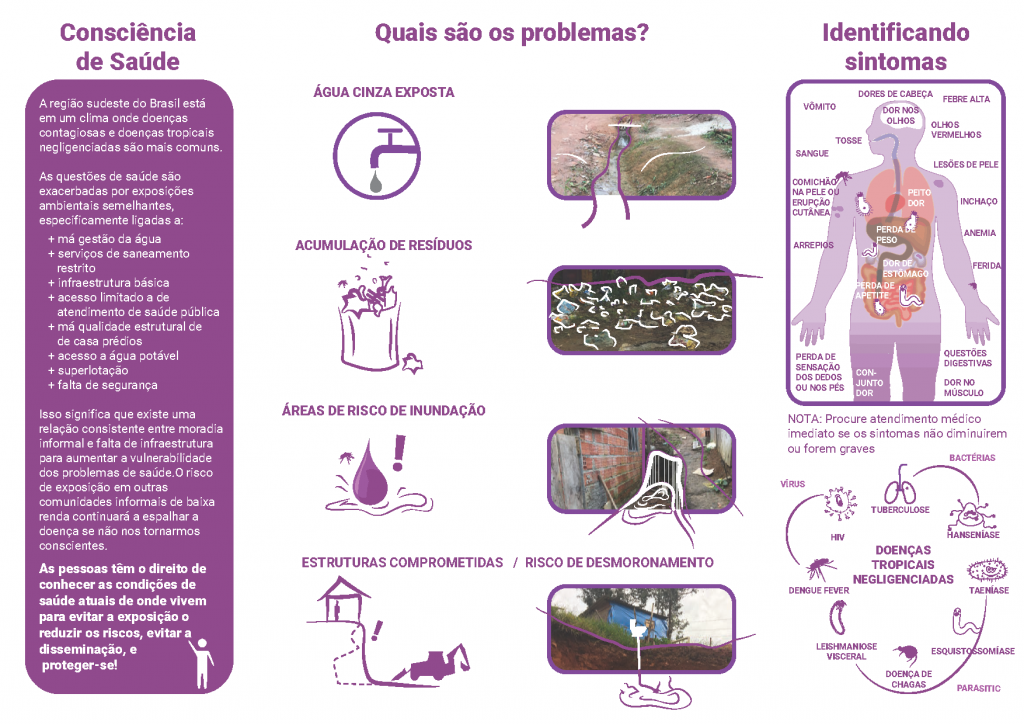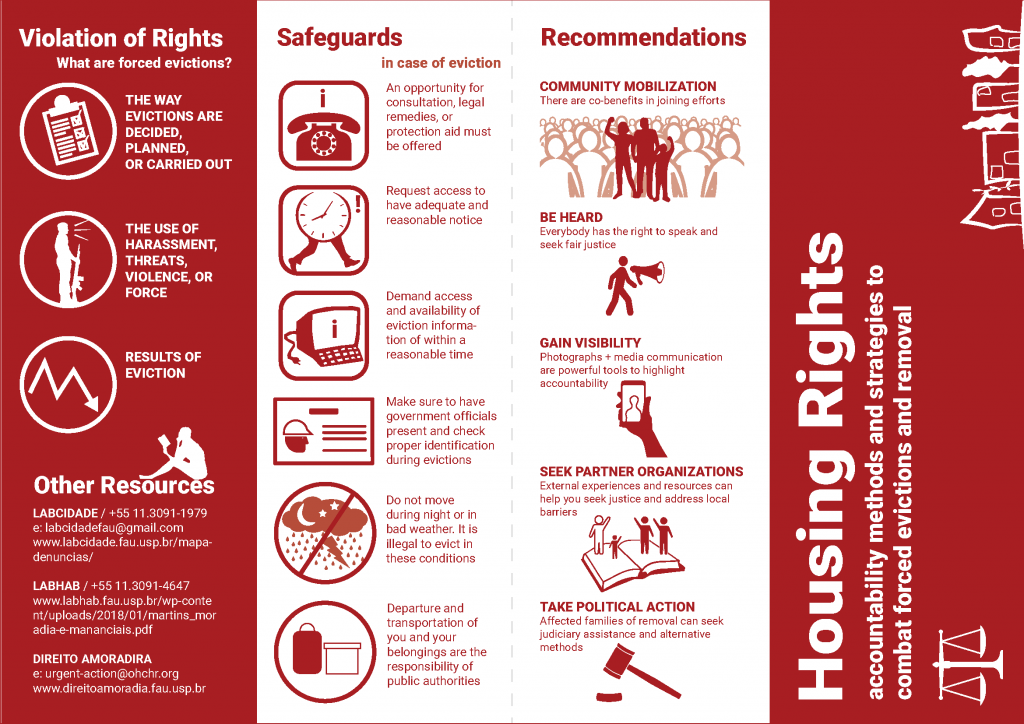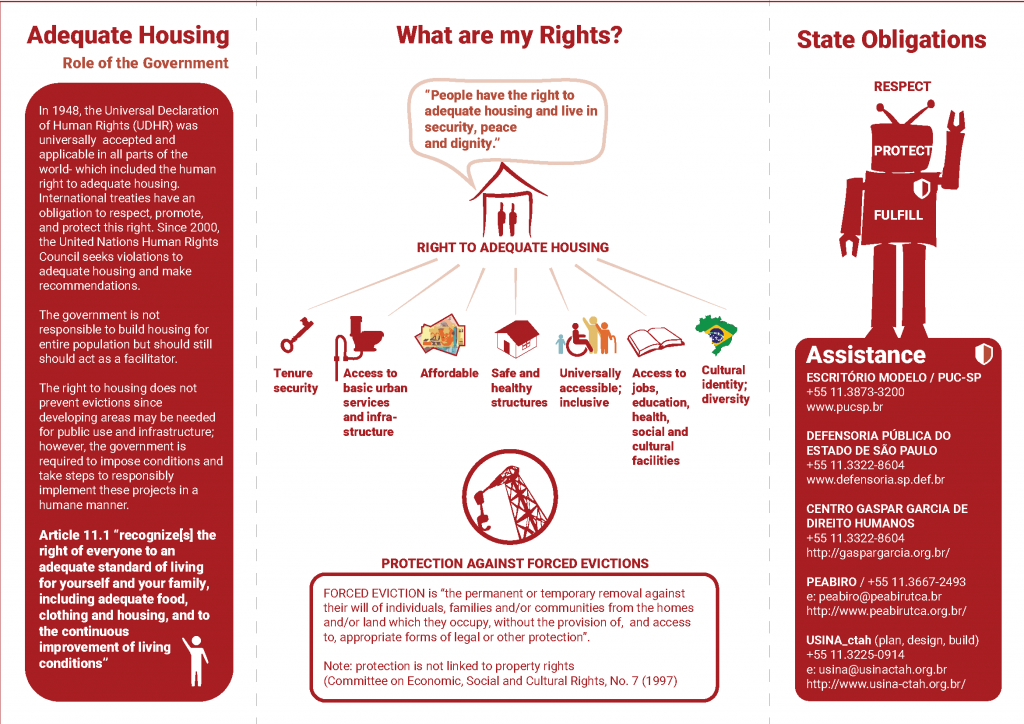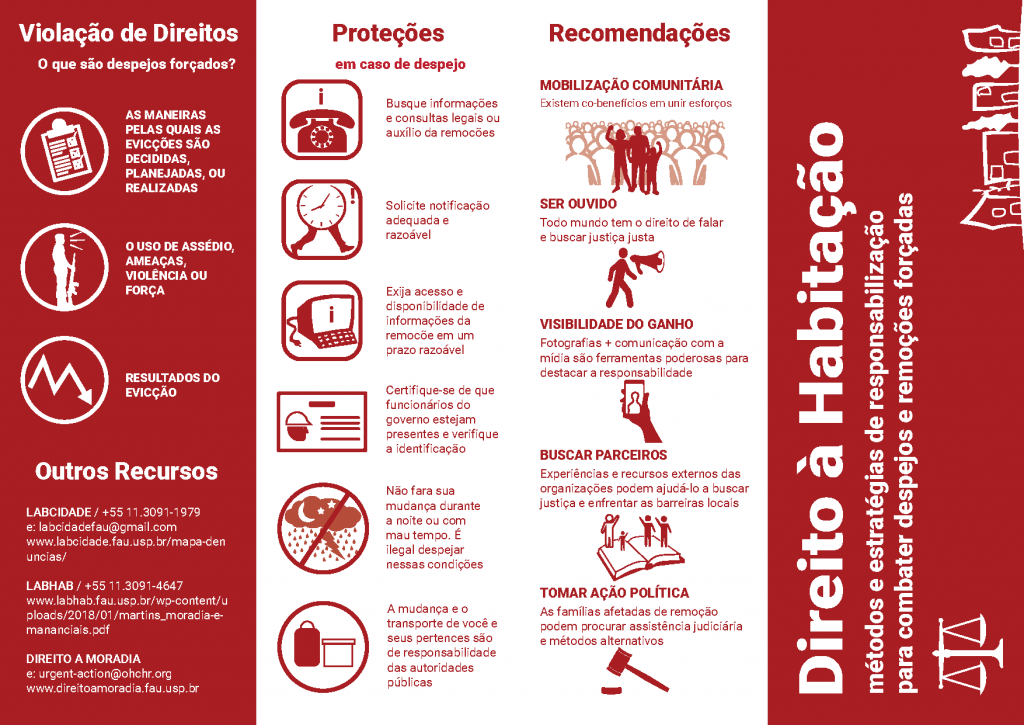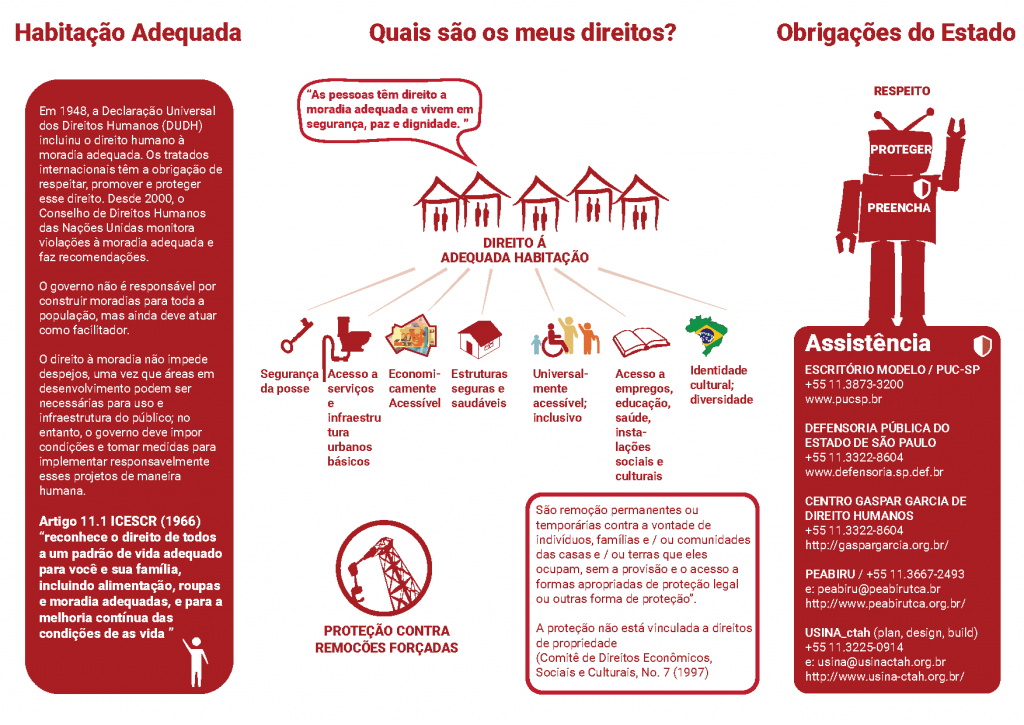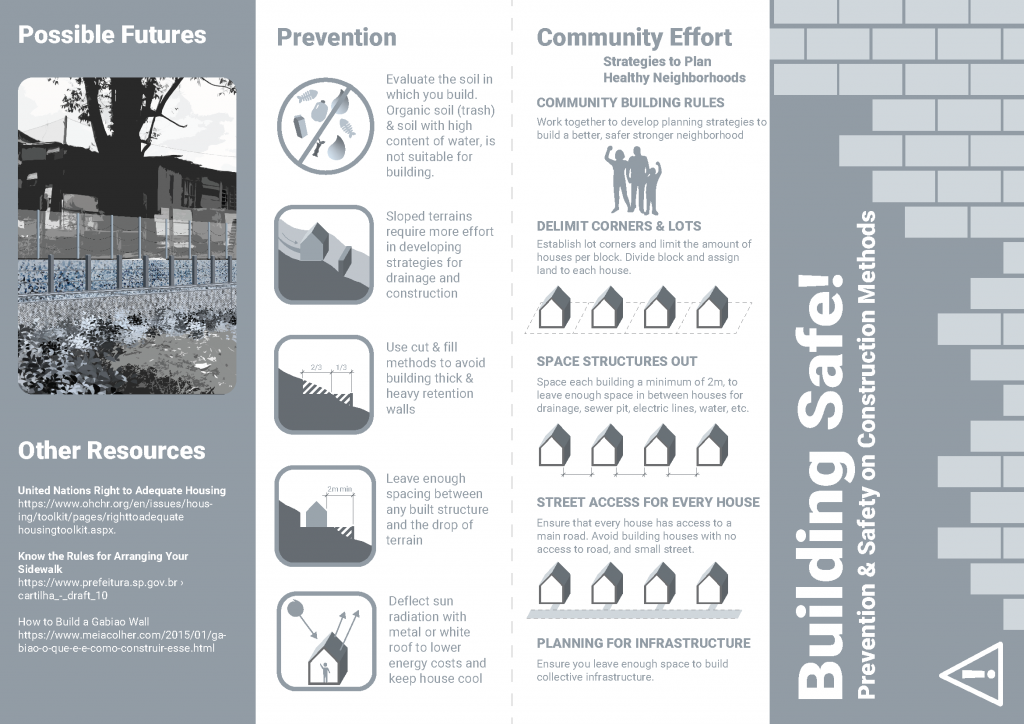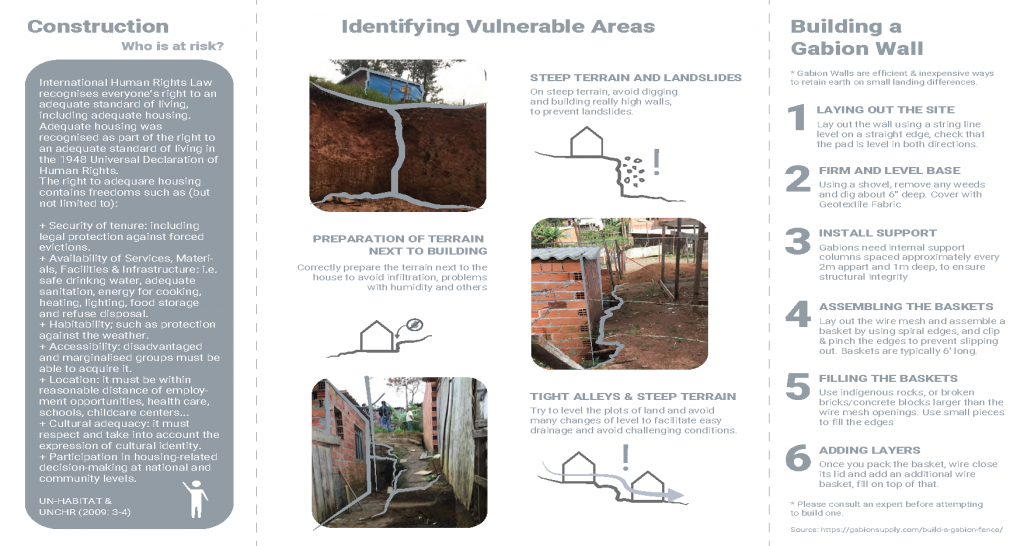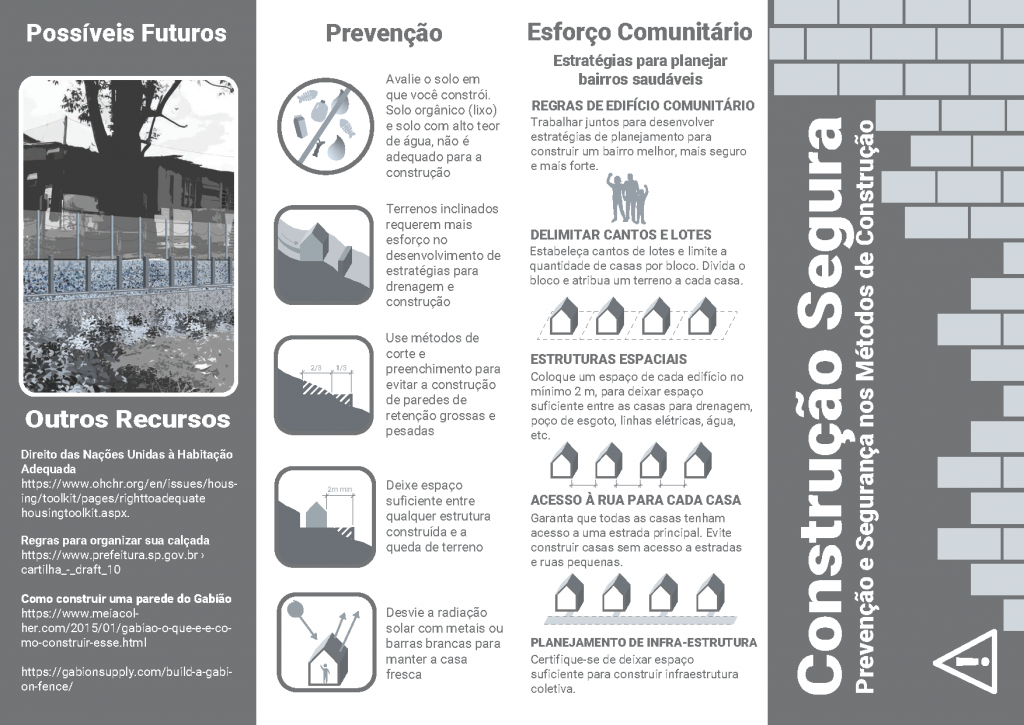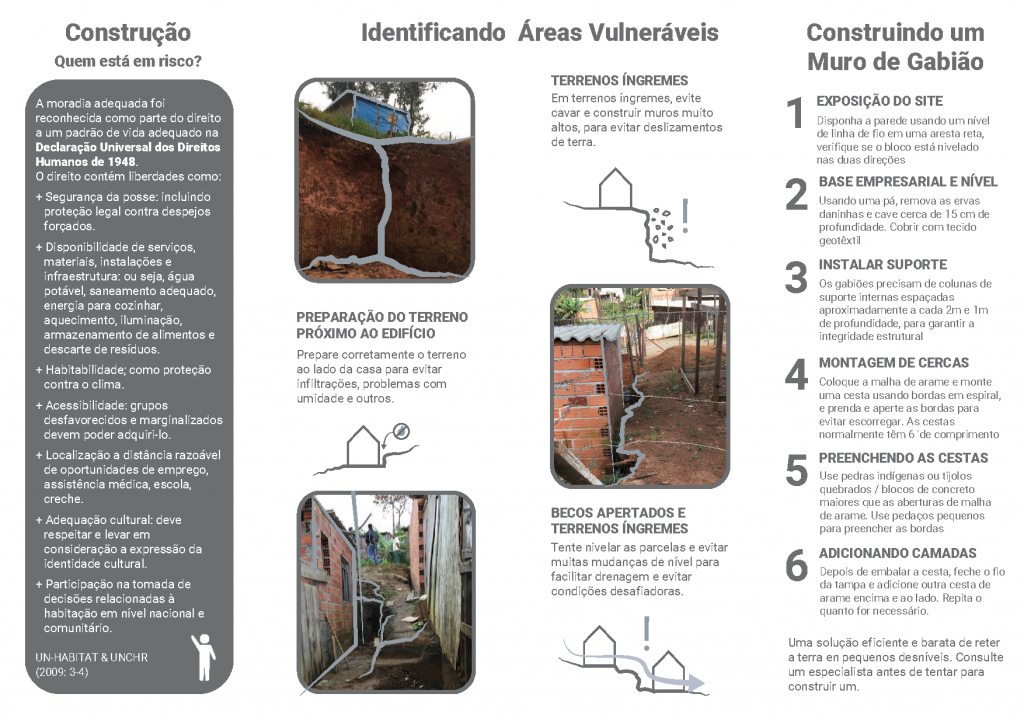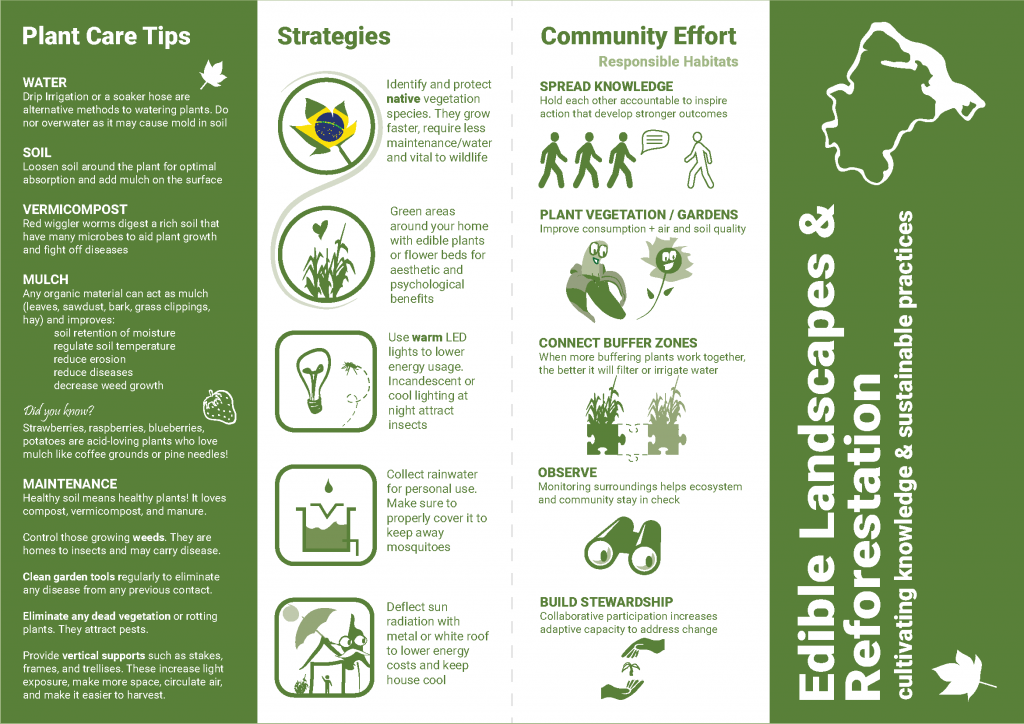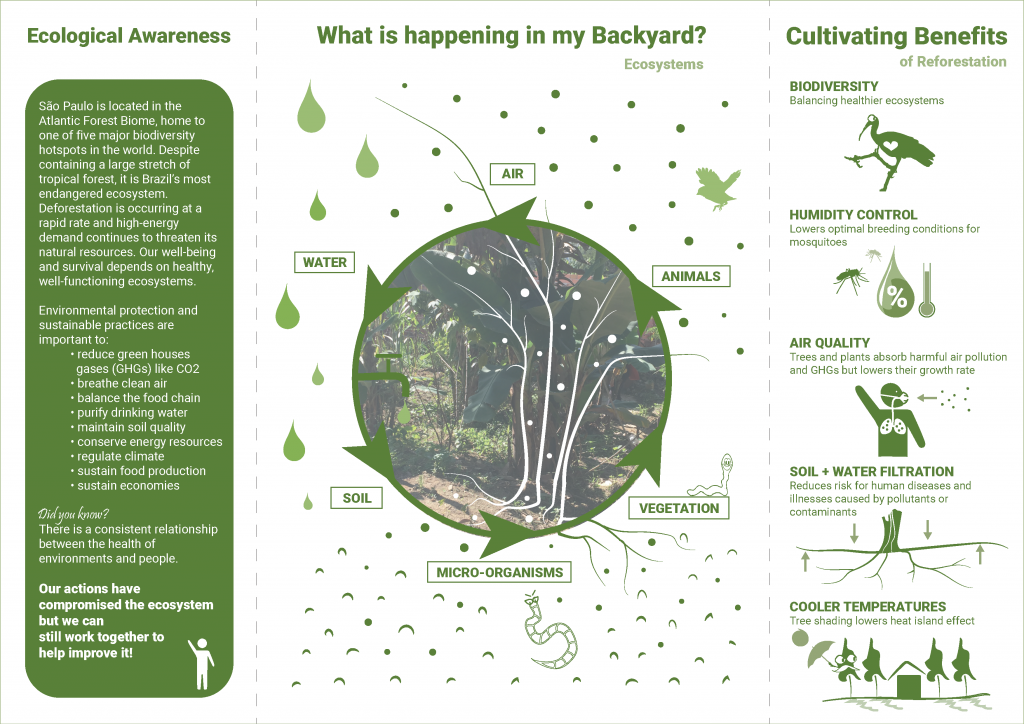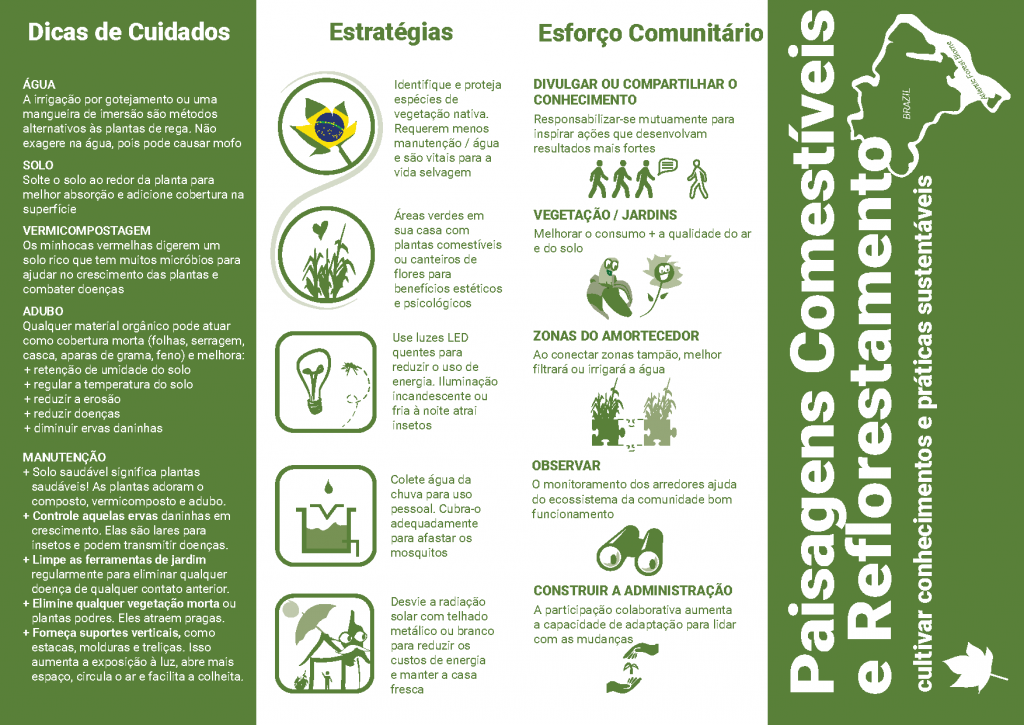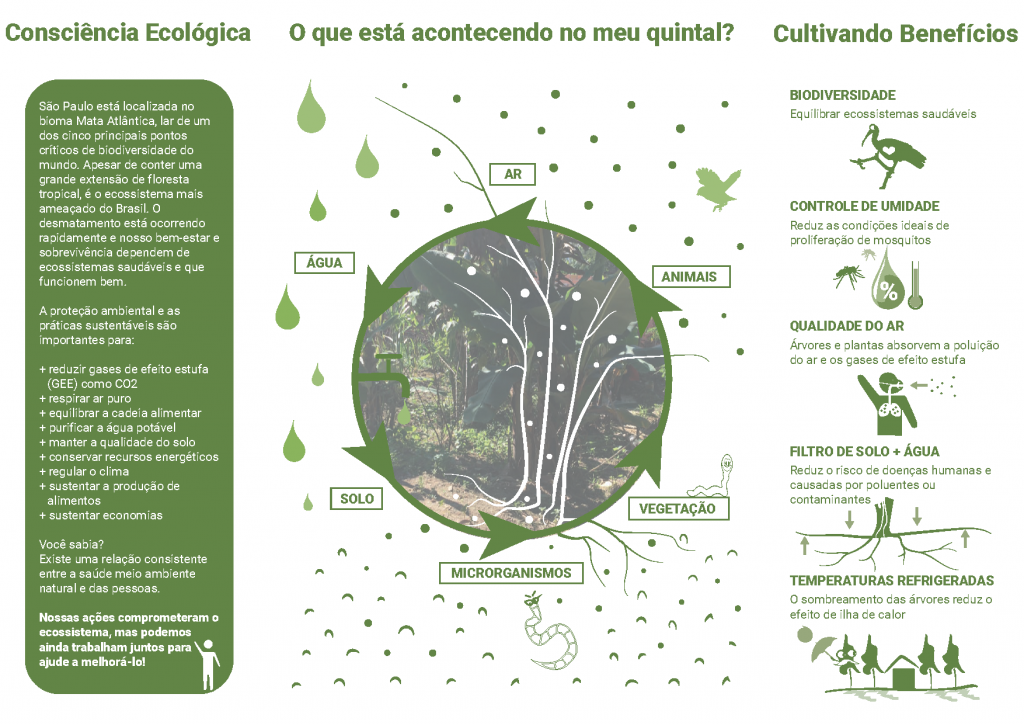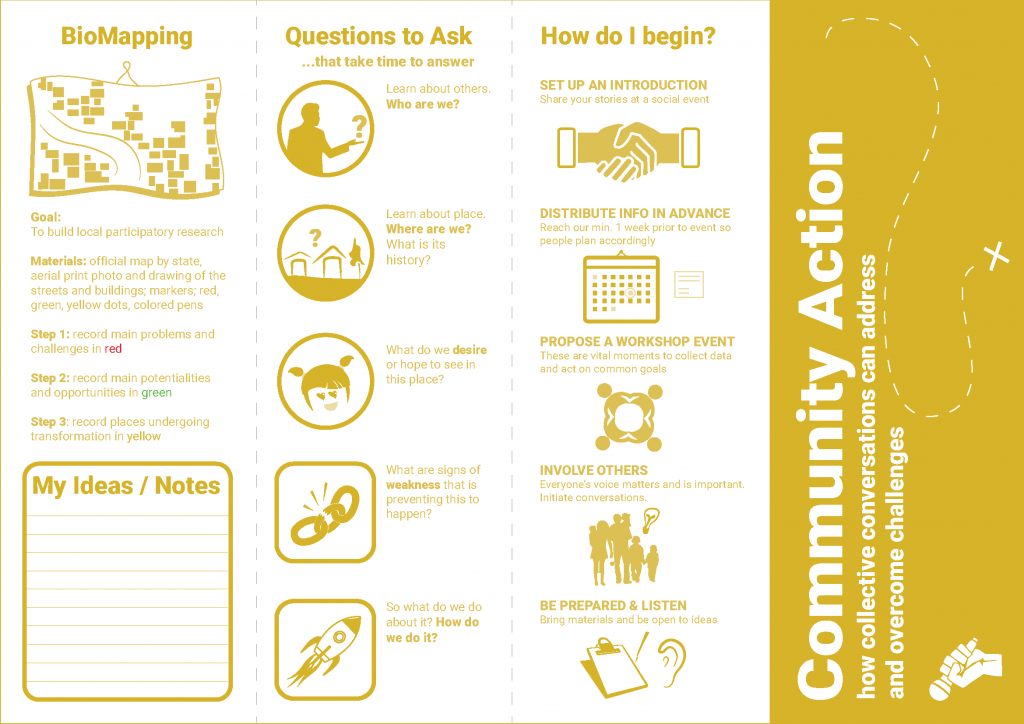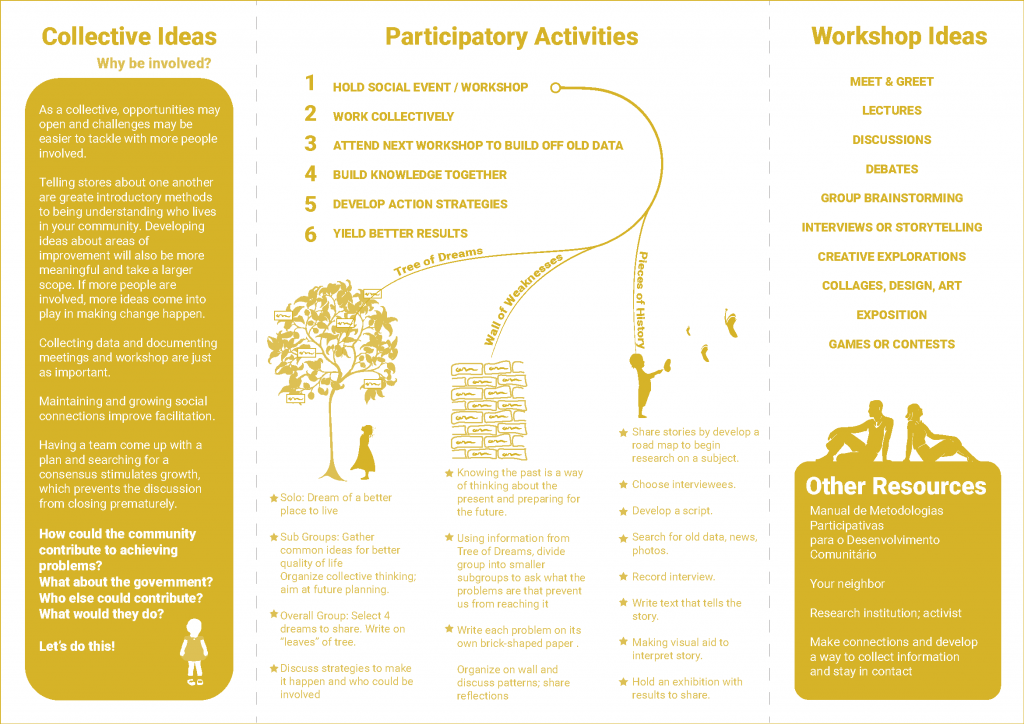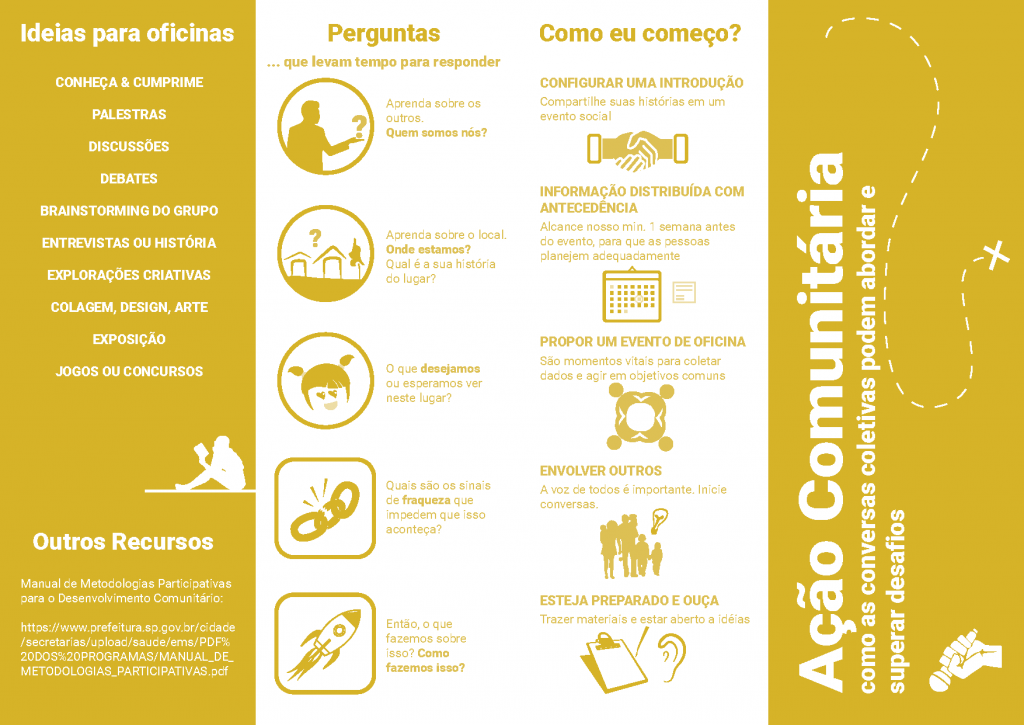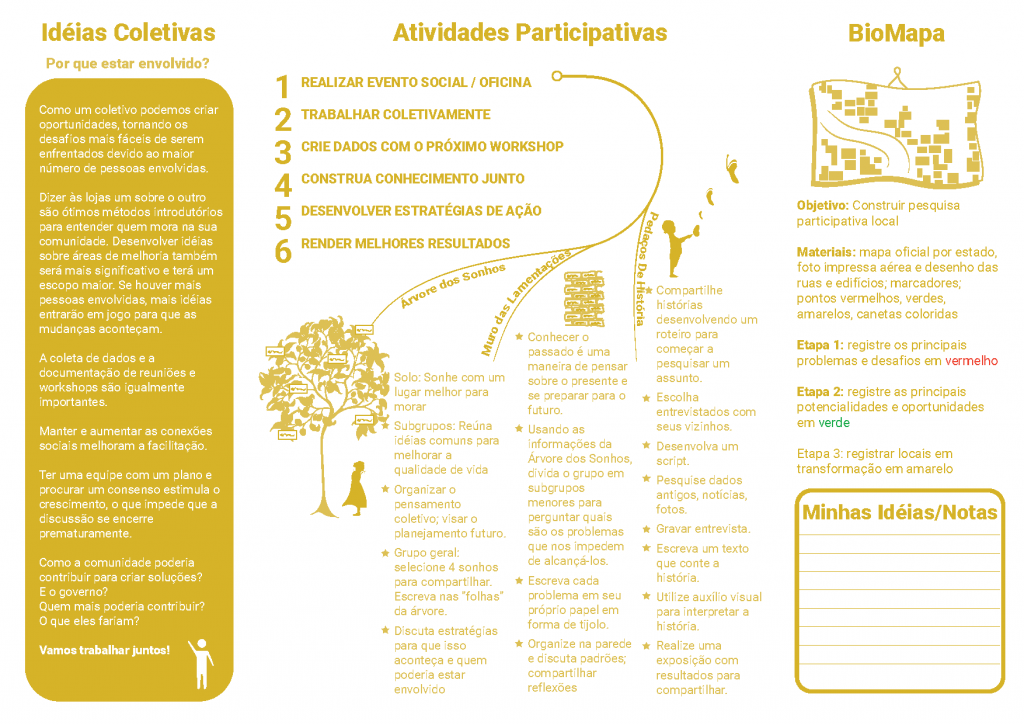Informal + Sustainable
In collaboration with
Ana Paula Pimentel Walker
Olaia Chivite Amigo
Michael Amidon
Research Assistants
Shourya Jain
Andrea Marquez
Sponsored By
Taubman College of Architecture & Urban Planning, Prototyping Tomorrow Grant
Partners in São Paulo, Brazil
LabJUTA Universidade Federal do ABC
Comunidade Jardim Gaivotas
Centro Gaspar Garcia de Direitos Humanos
Date
May 2018 – Sept 2019
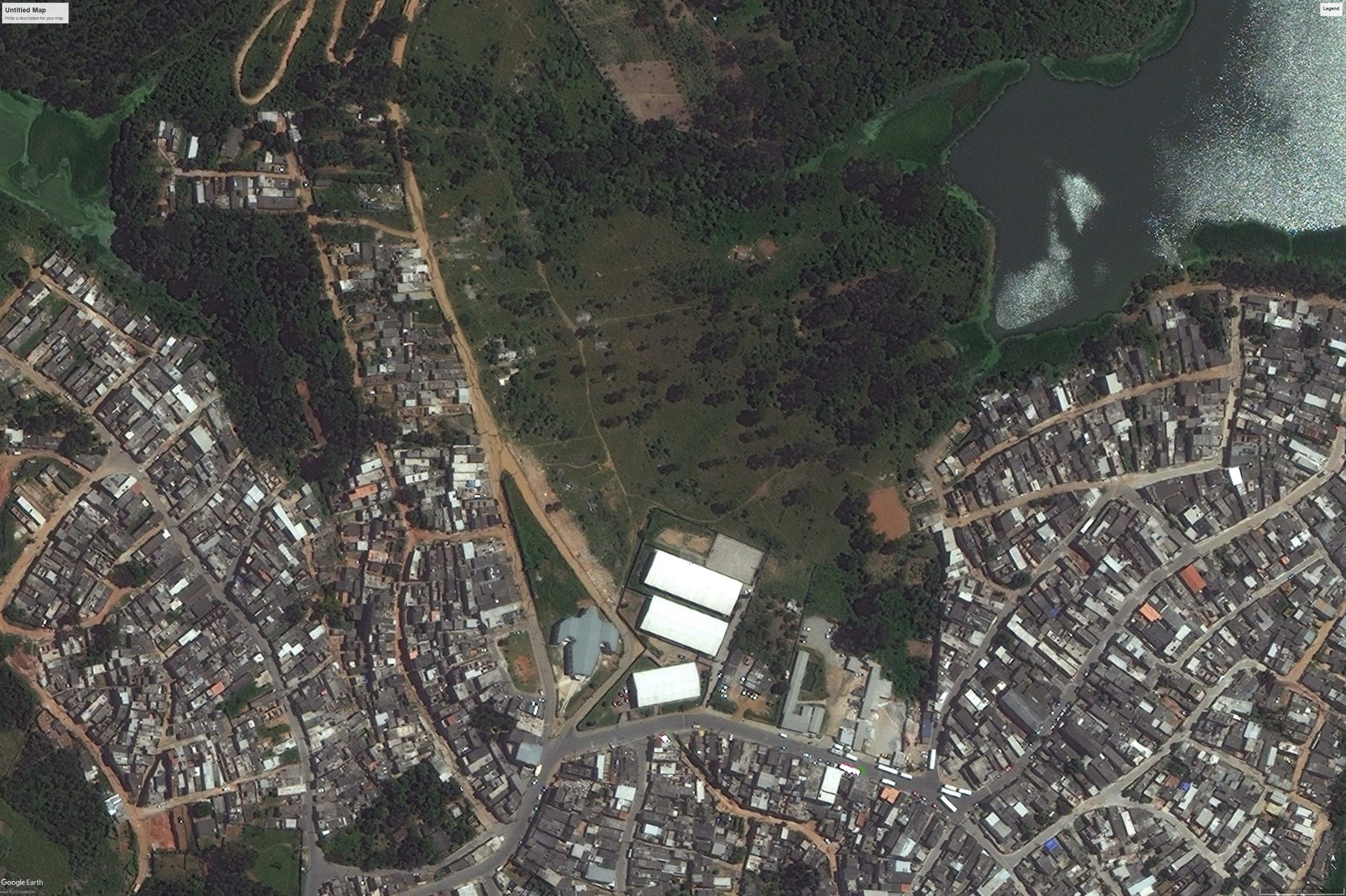
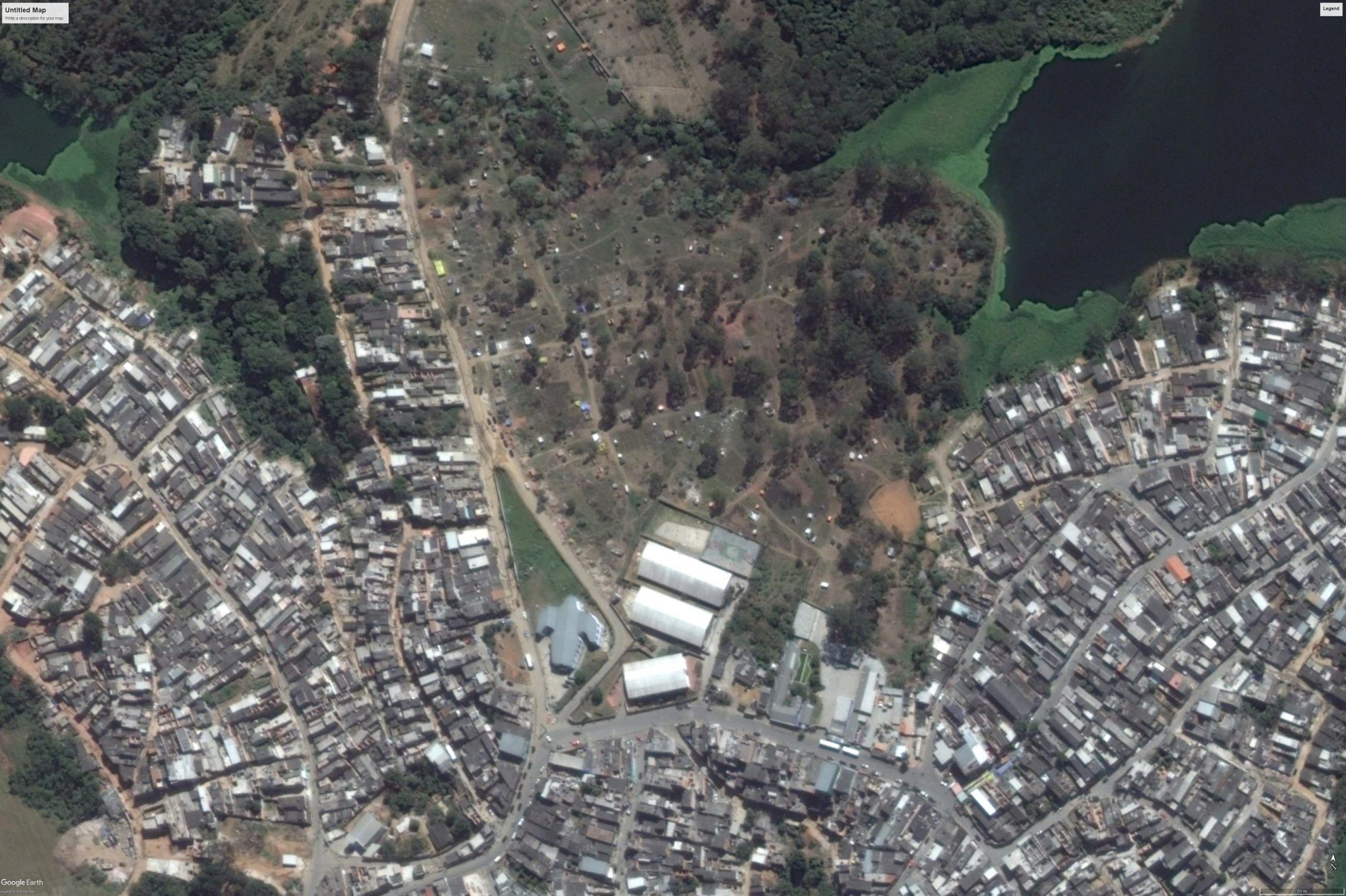
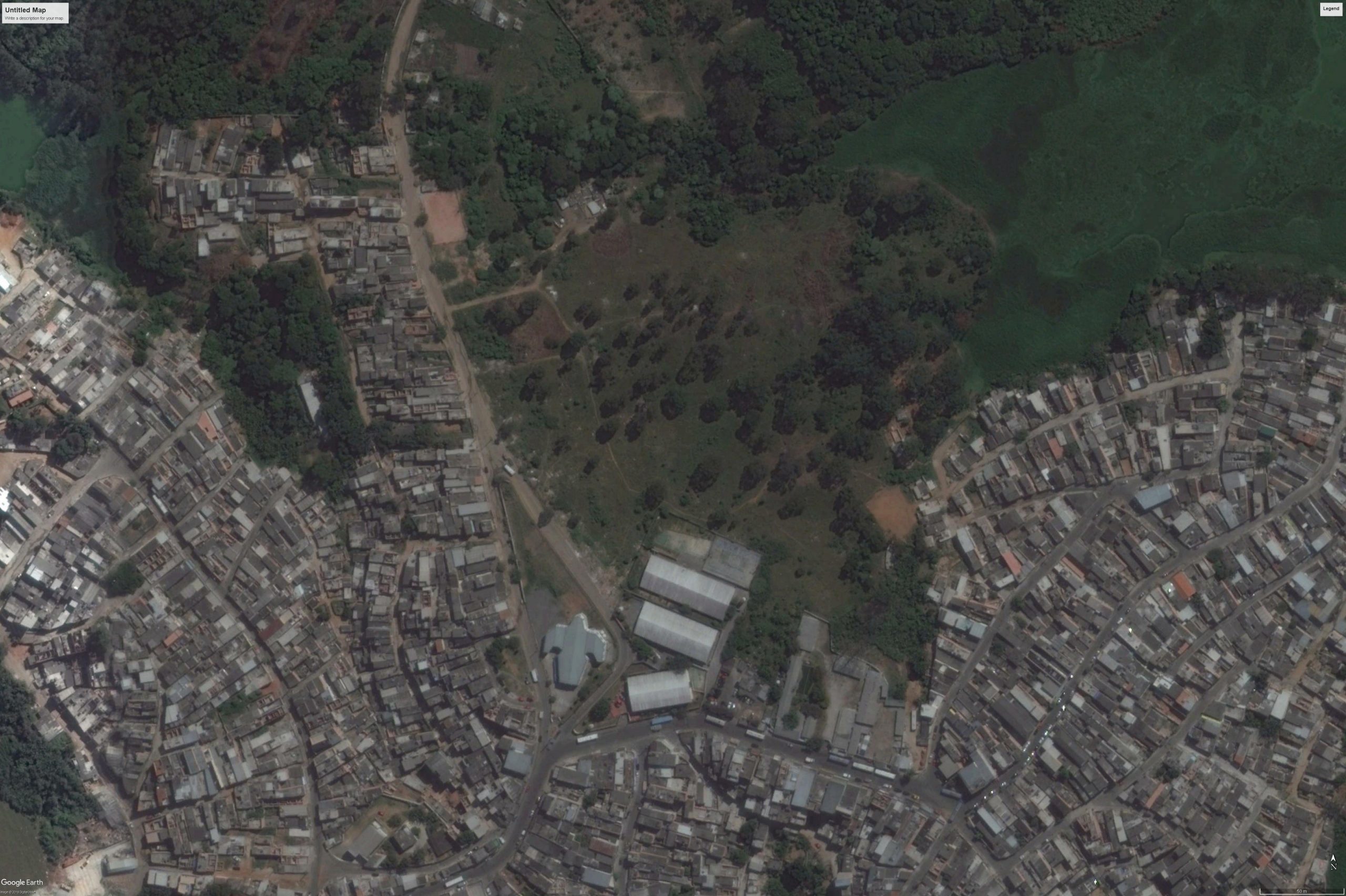
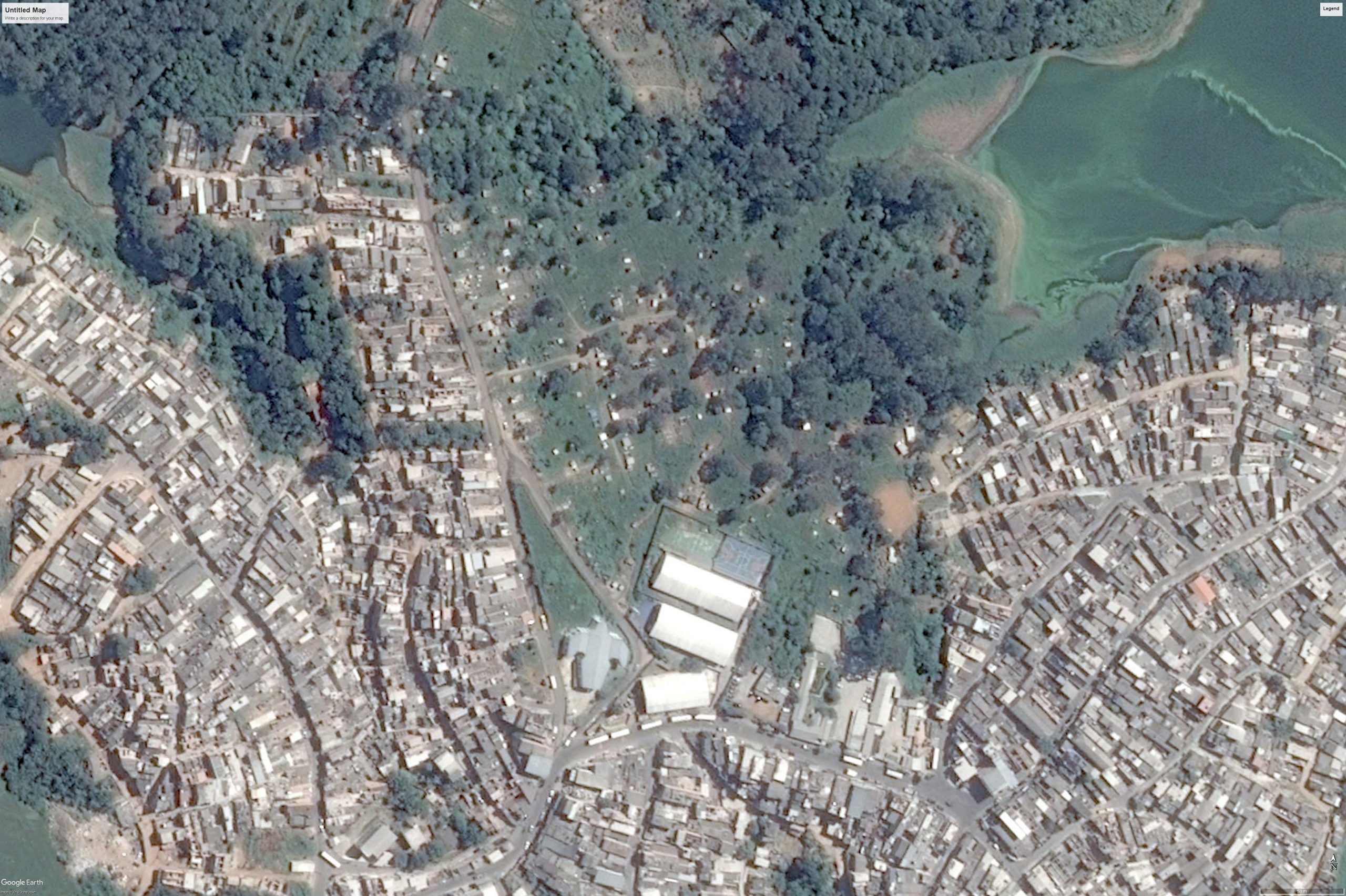
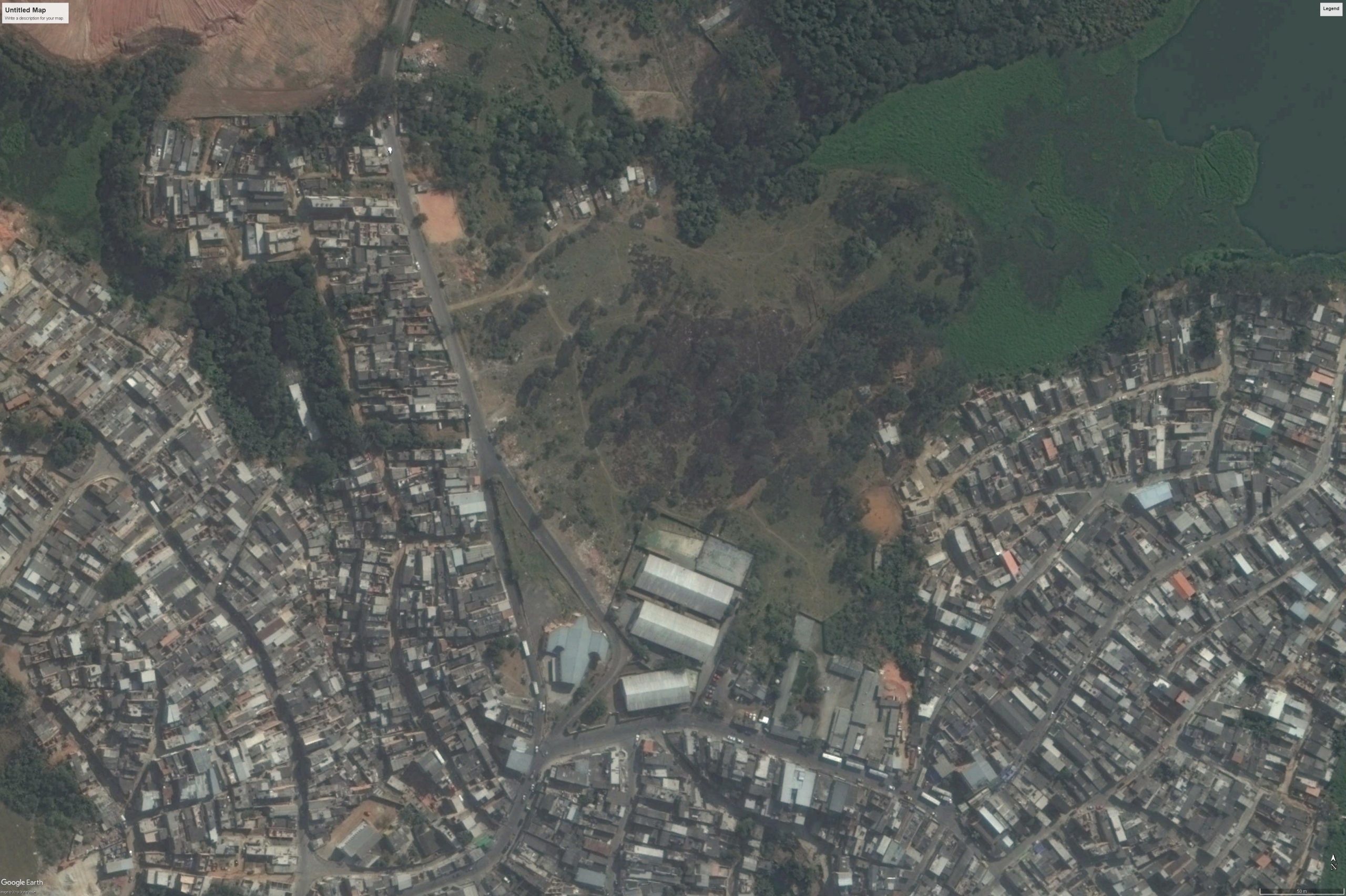
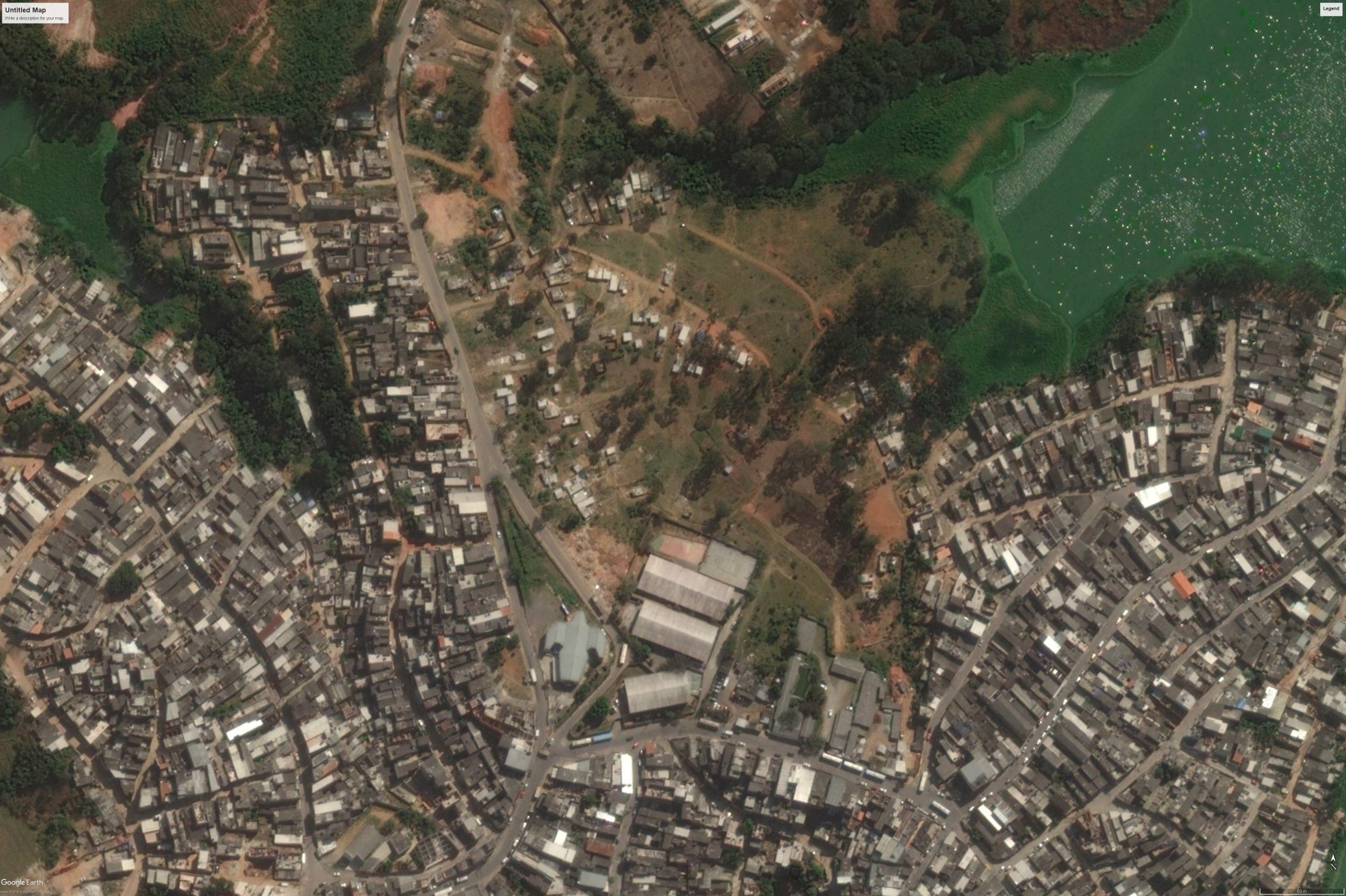
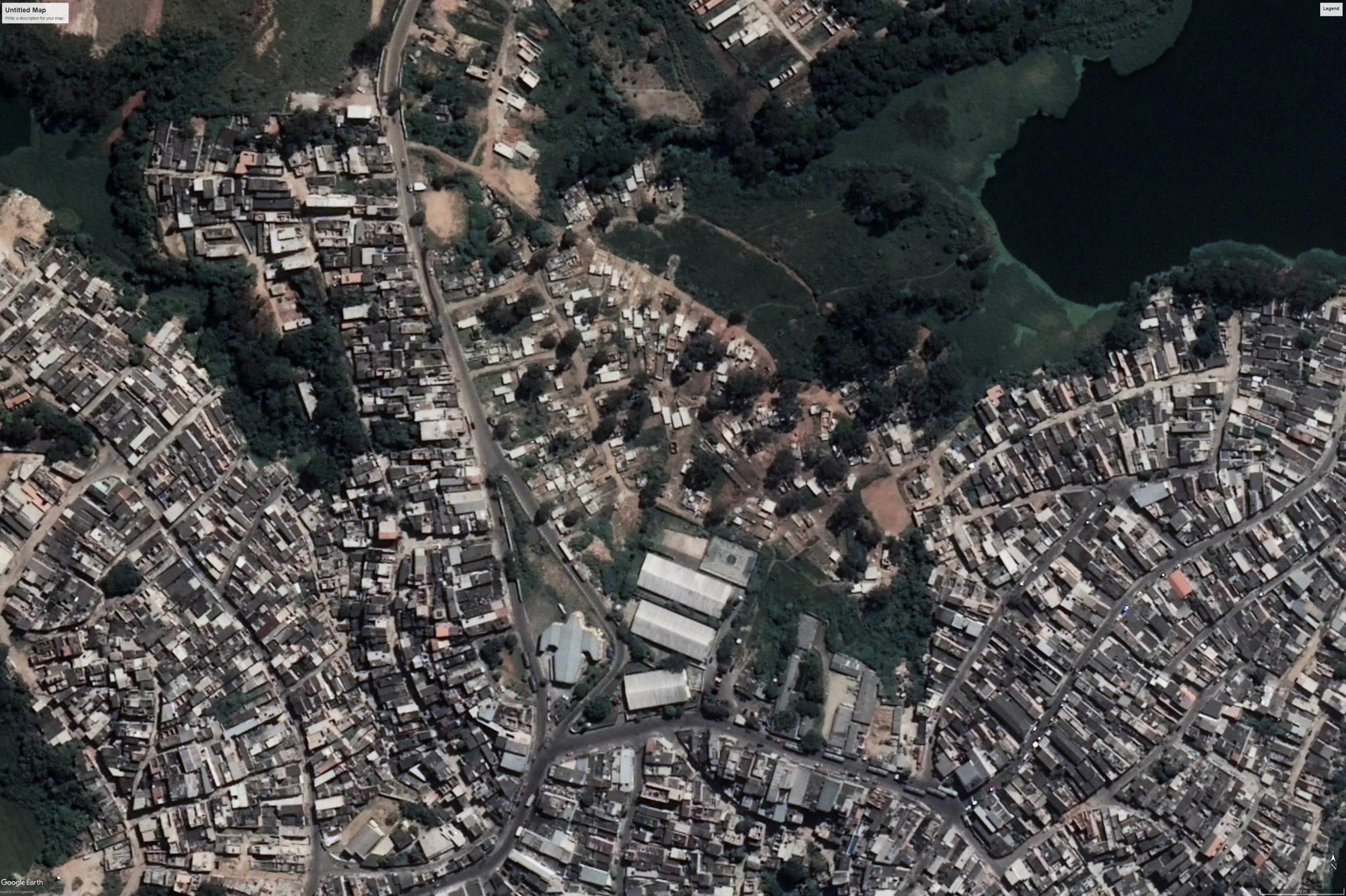
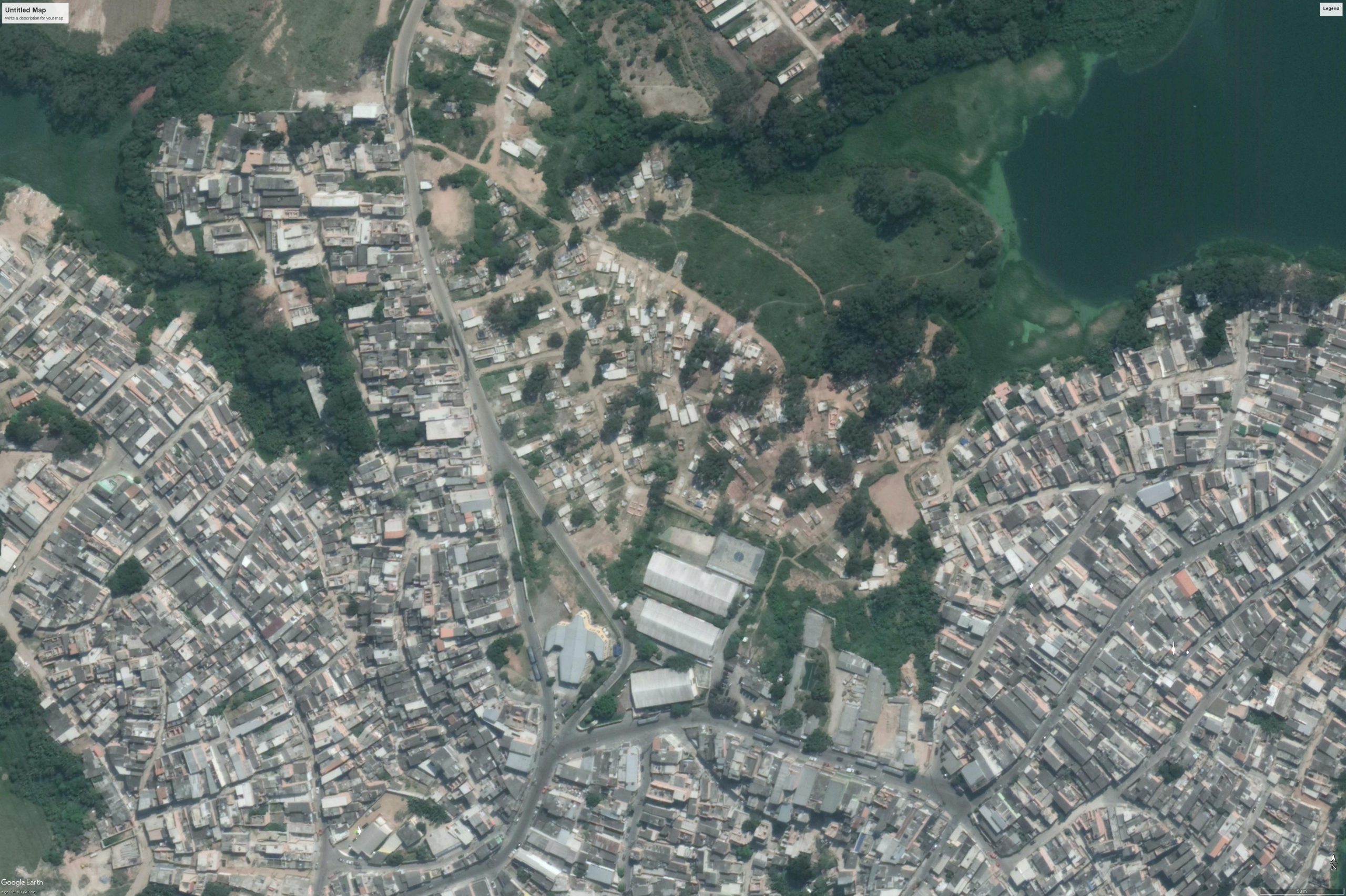
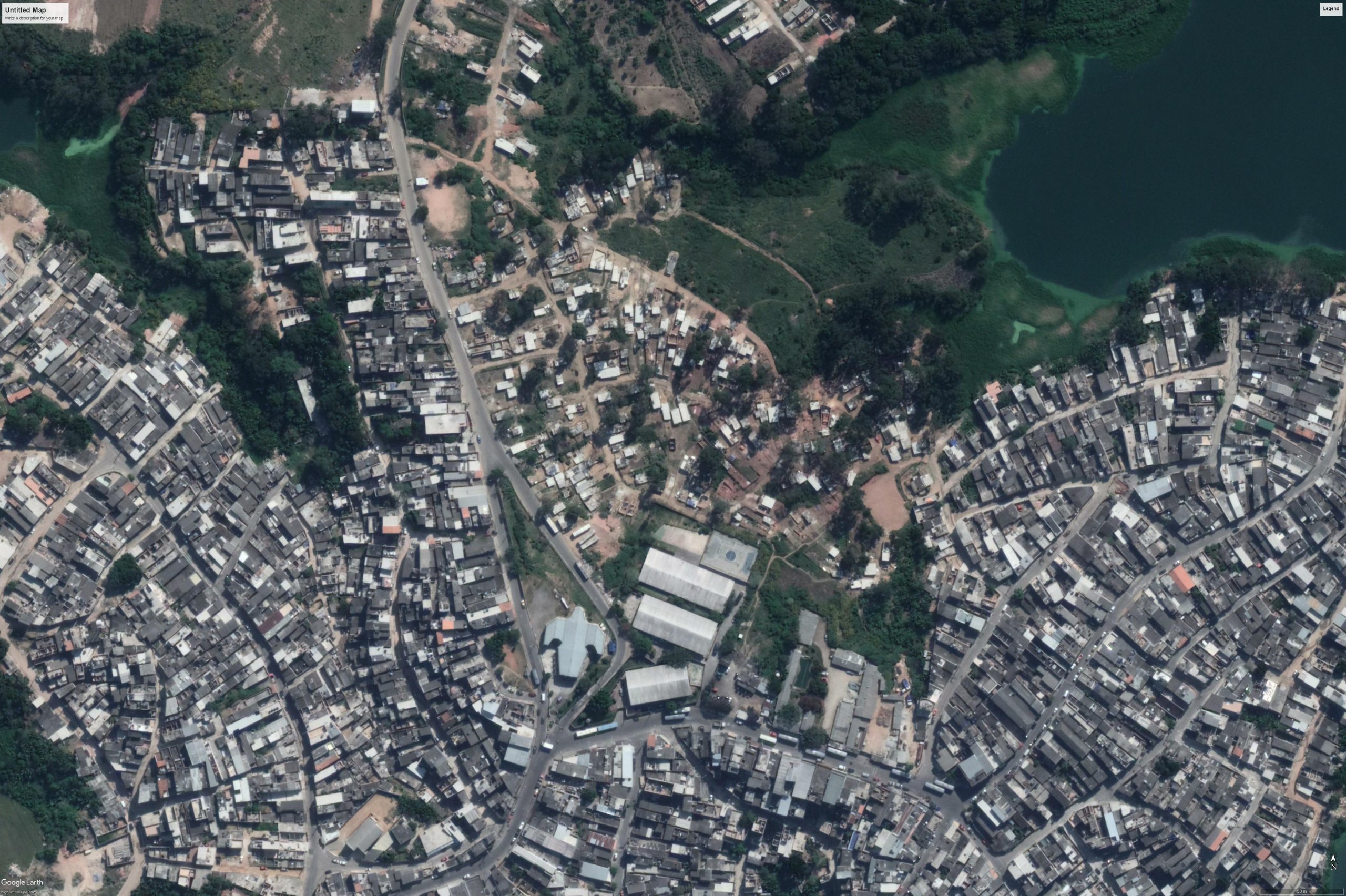
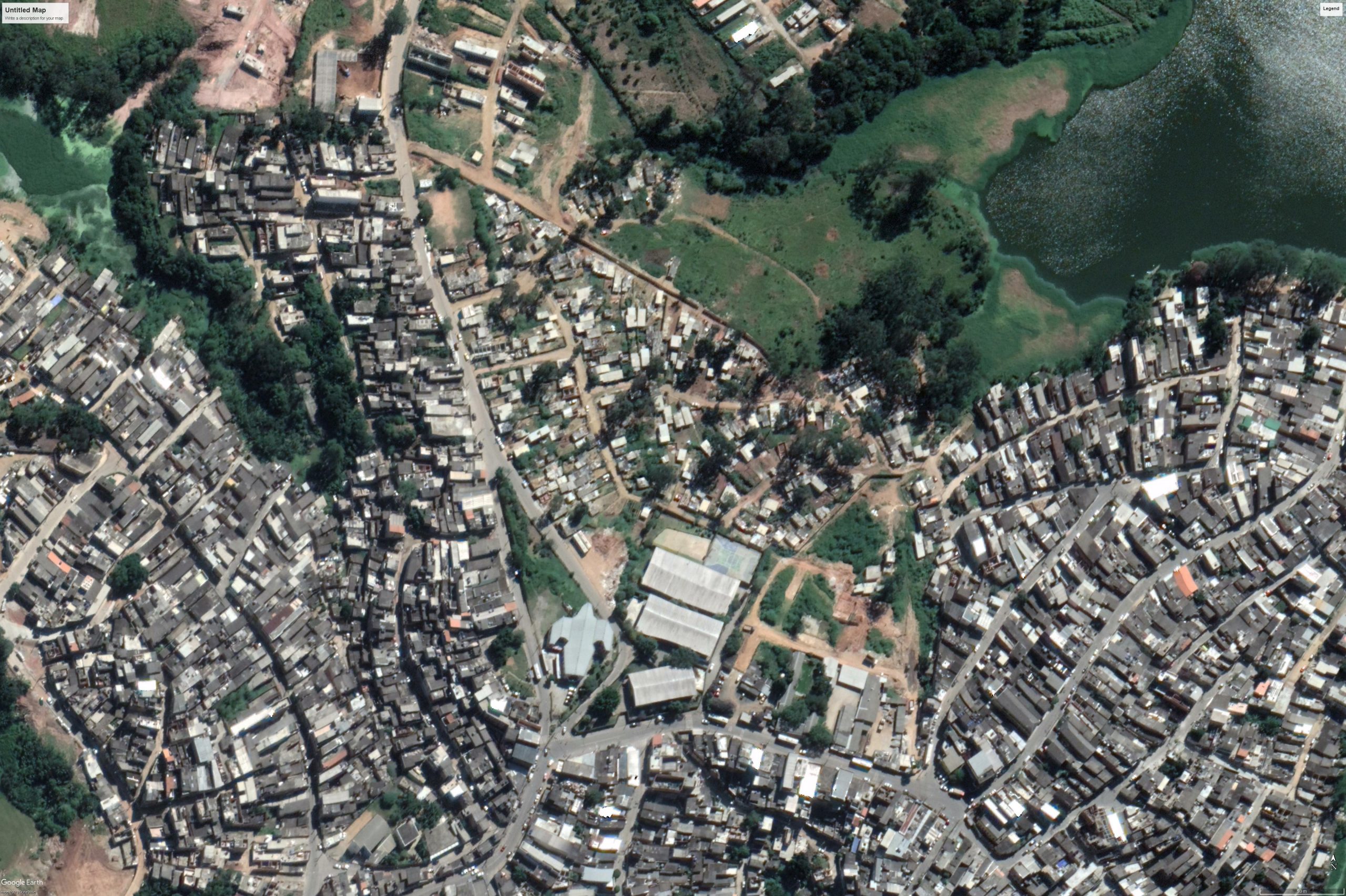
The production of urban land through occupations of environmentally protected areas at the peripheries of mega cities is a major wicked problem in the Global South. As impoverished families cannot afford housing in central locations, they occupy available land in the city periphery that is not suitable for habitation due to its geomorphological features or its ecological value. The intensity of this urban dynamic puts pressure on the environment and compromises residents’ access to infrastructure and urban services. It also reveals the challenges of reconciling two fundamental rights secured by the 1988 Brazilian Federal Constitution: the right to adequate housing and the right to a clean and ecologically cohesive environment (Martins, 2011; Compans, 2011).
Younger land occupations, in particular, lack the resources required to cope with the incessant threat of displacement. In the early stages of occupation, legal cases often use the narrative of environmental degradation and unsustainable practices — due to the impacts of deforestation and the lack of proper infrastructure — to force eviction or deny services. Despite these challenges, young occupations continue to grow rapidly in the periphery of São Paulo, on public and private property, without consideration of environmental risks, and often near environmentally protected areas. By the time that municipalities become aware of their existence or assess that it is legally sound to upgrade them, it is often too late to guide their settlement patterns towards healthy and ecologically sensitive development. The first years of land occupation remain critical to obtaining legal rights to the land, and land occupiers can become publicly recognized protagonists in creating better, alternative futures for themselves.
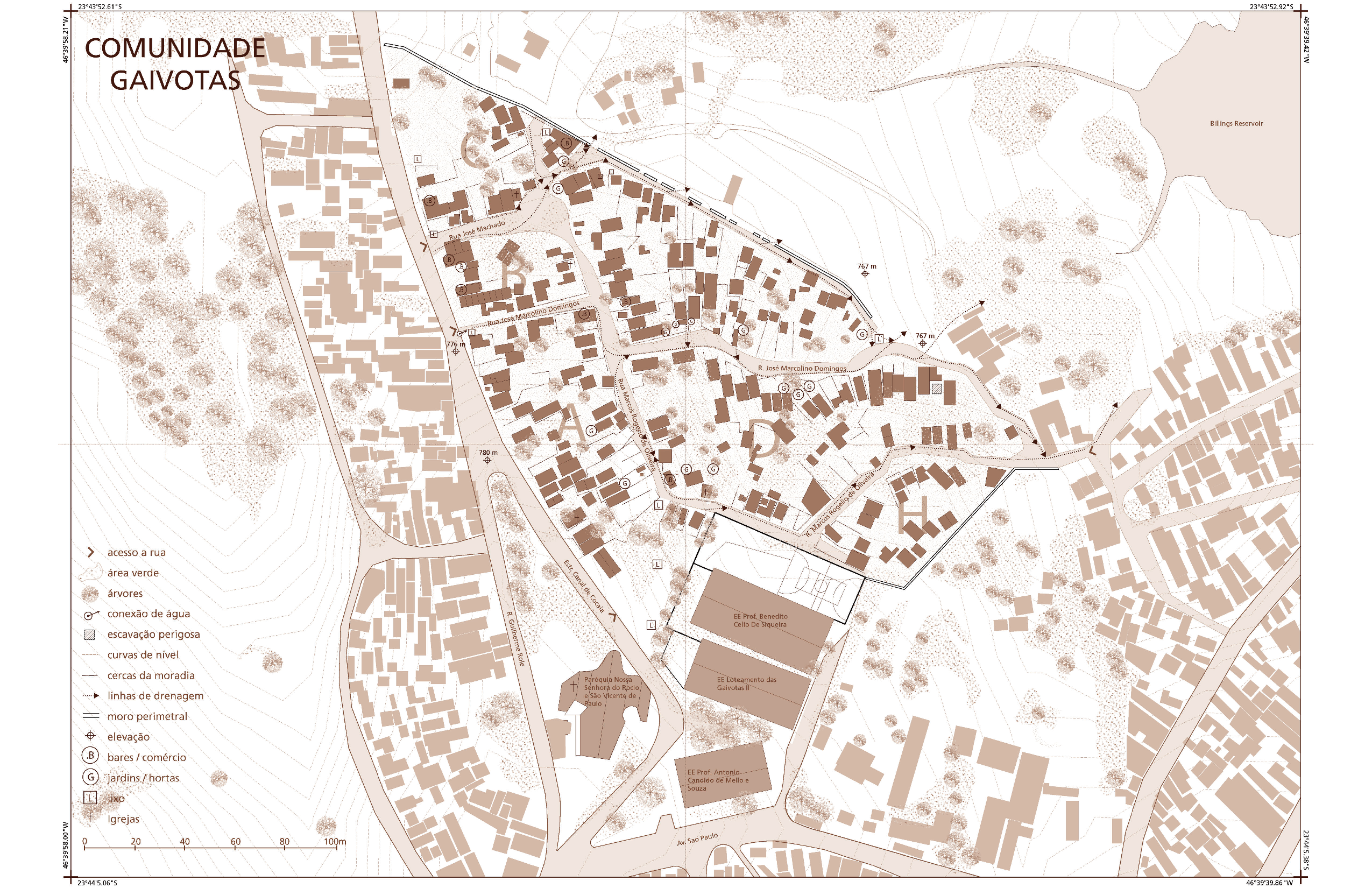
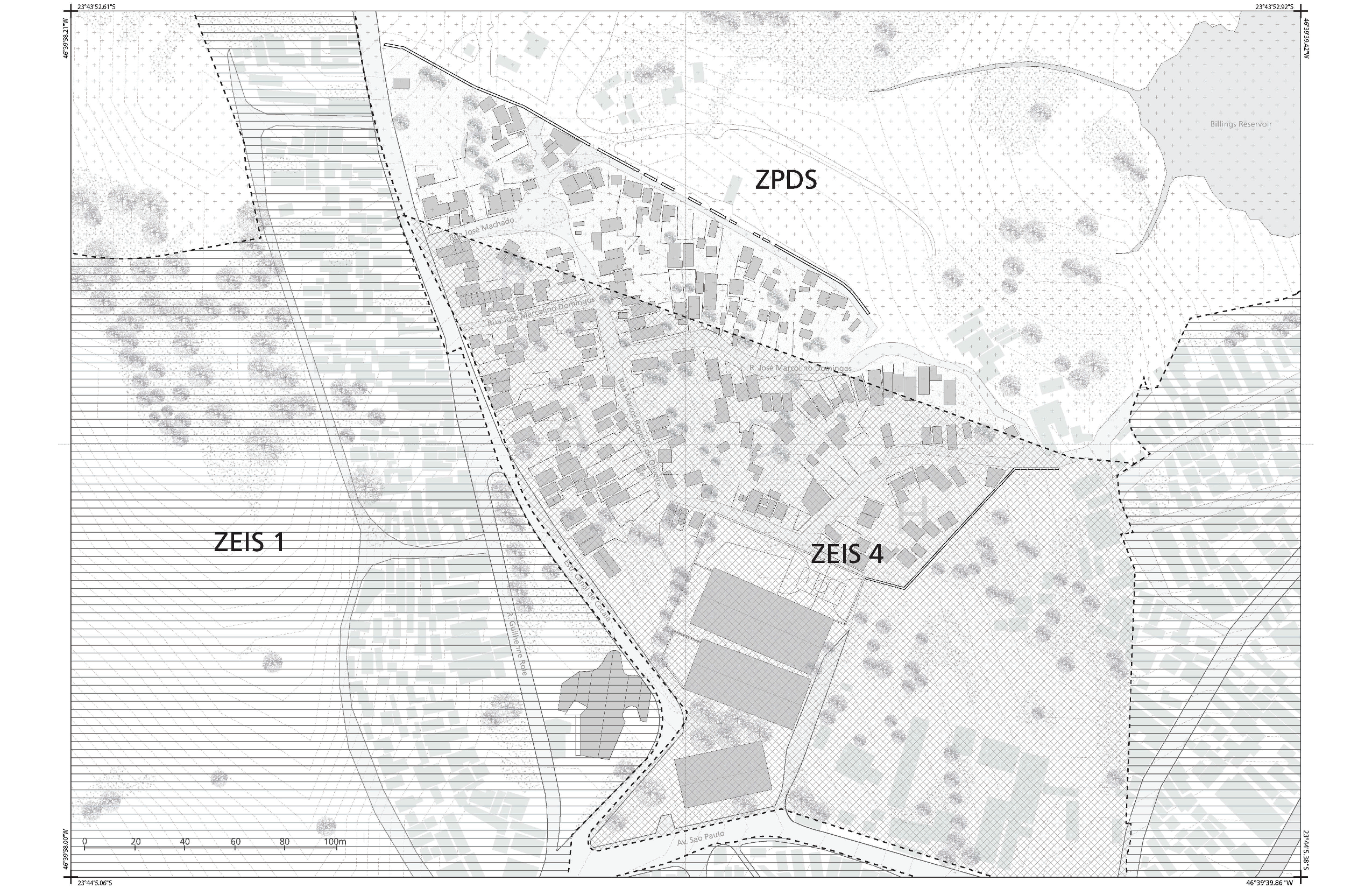
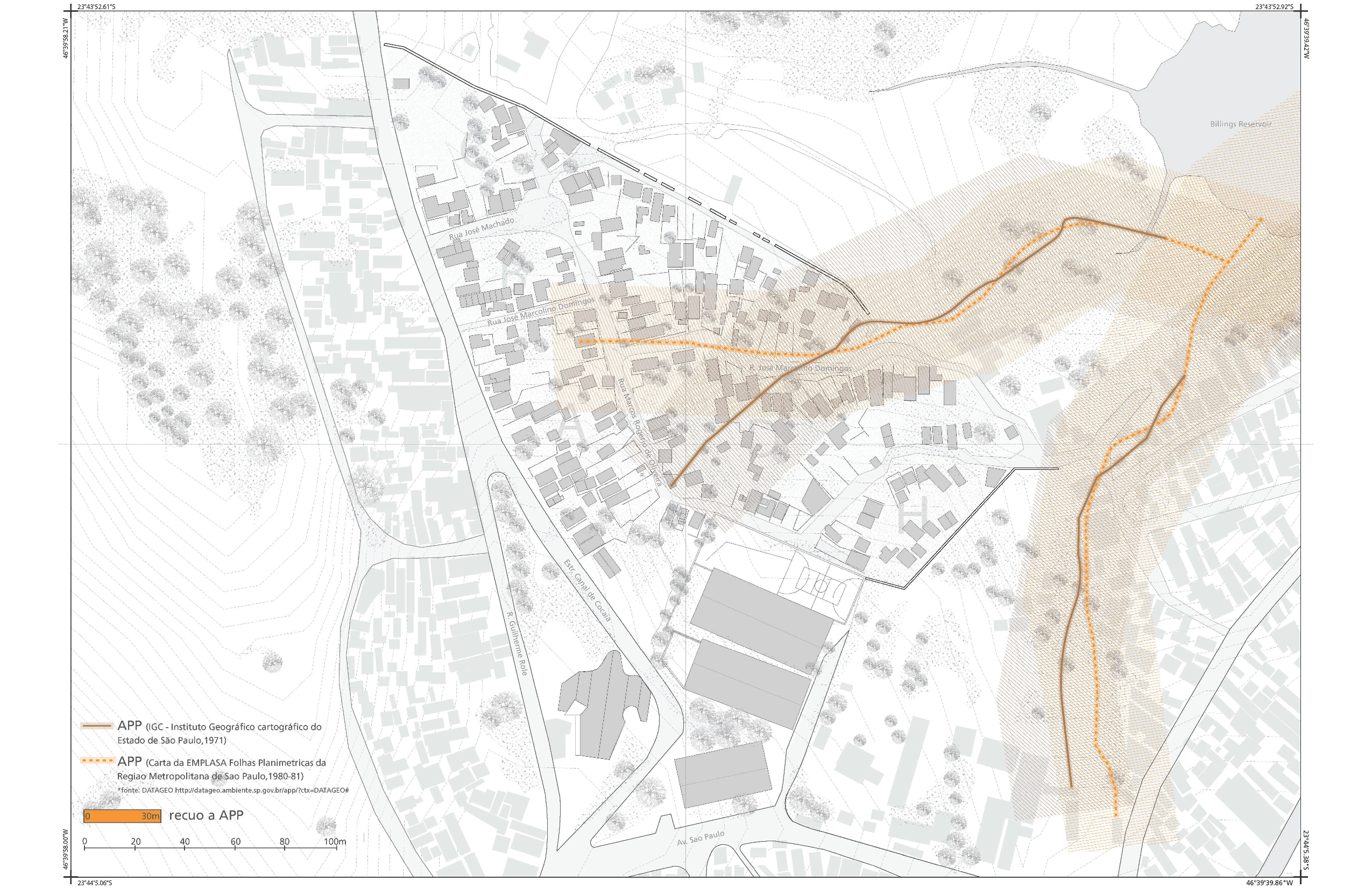
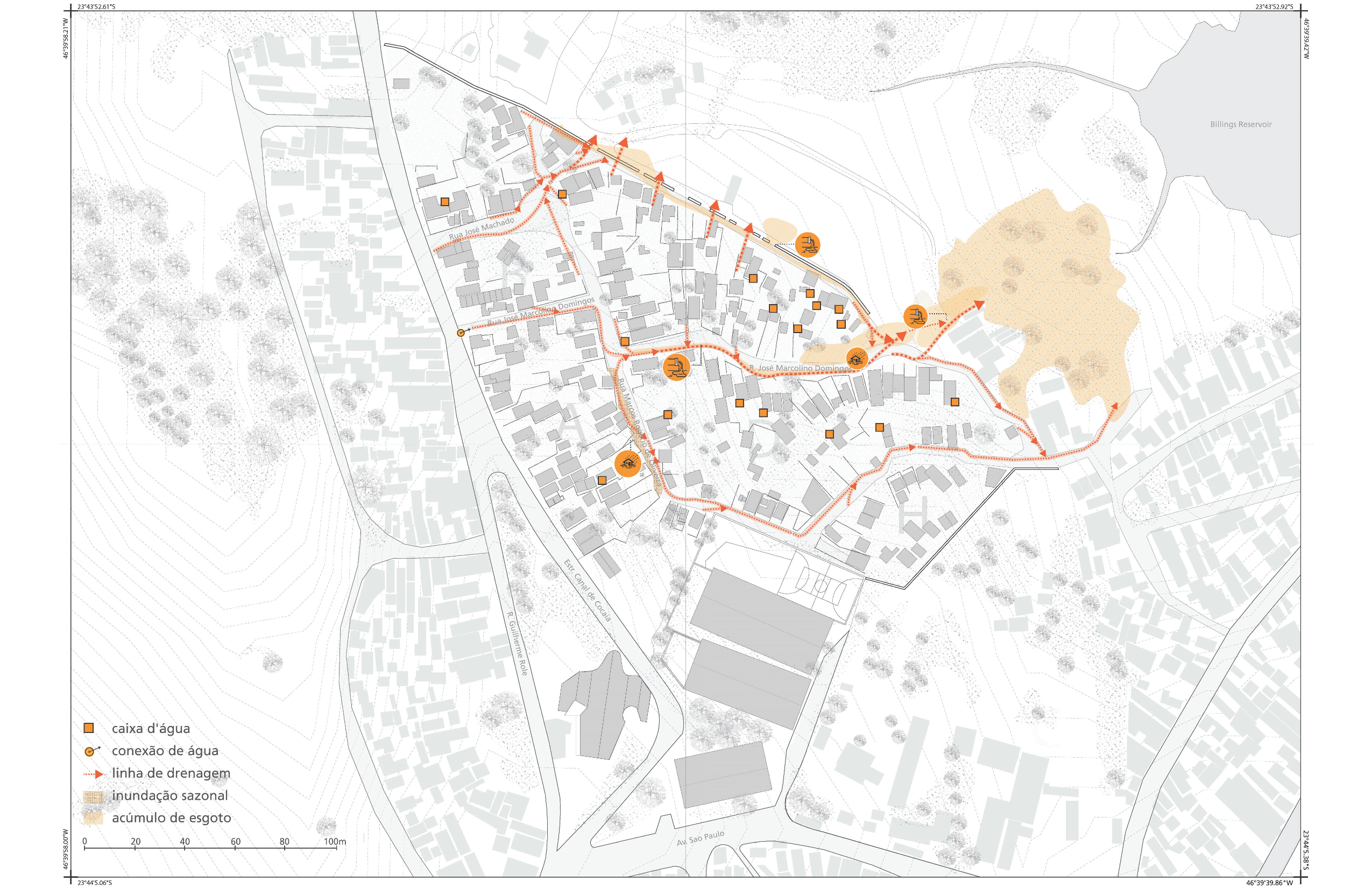
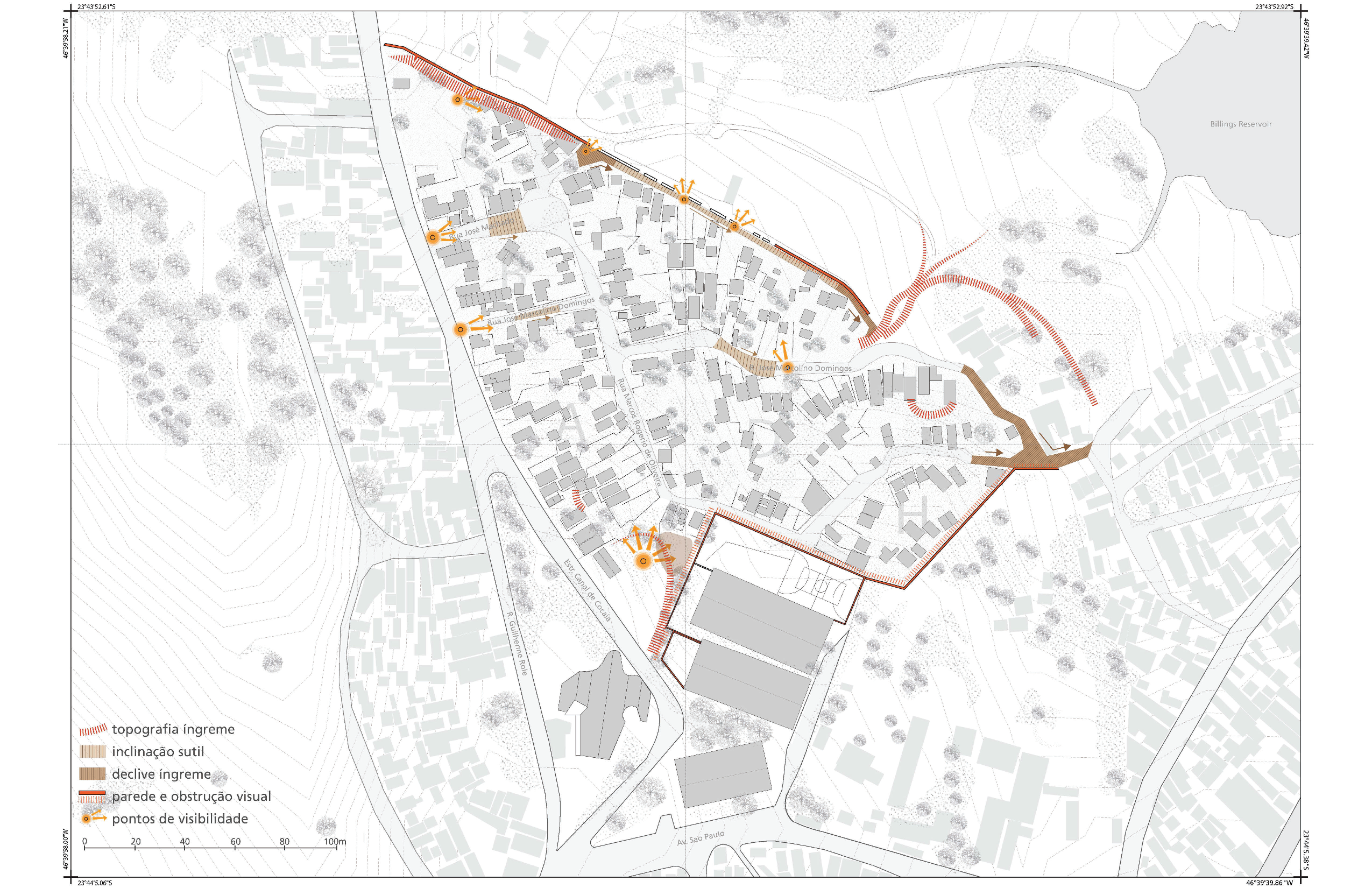
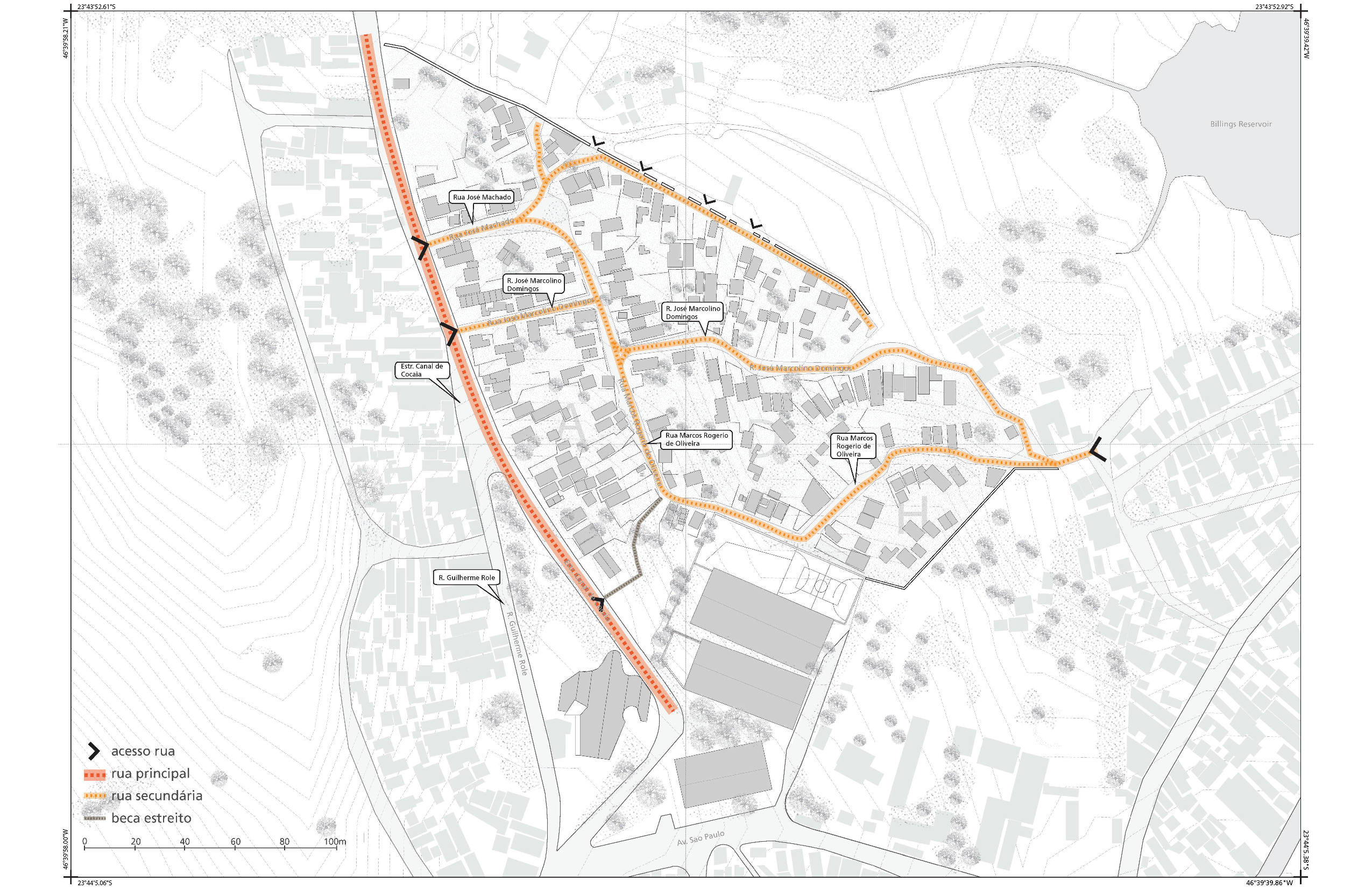
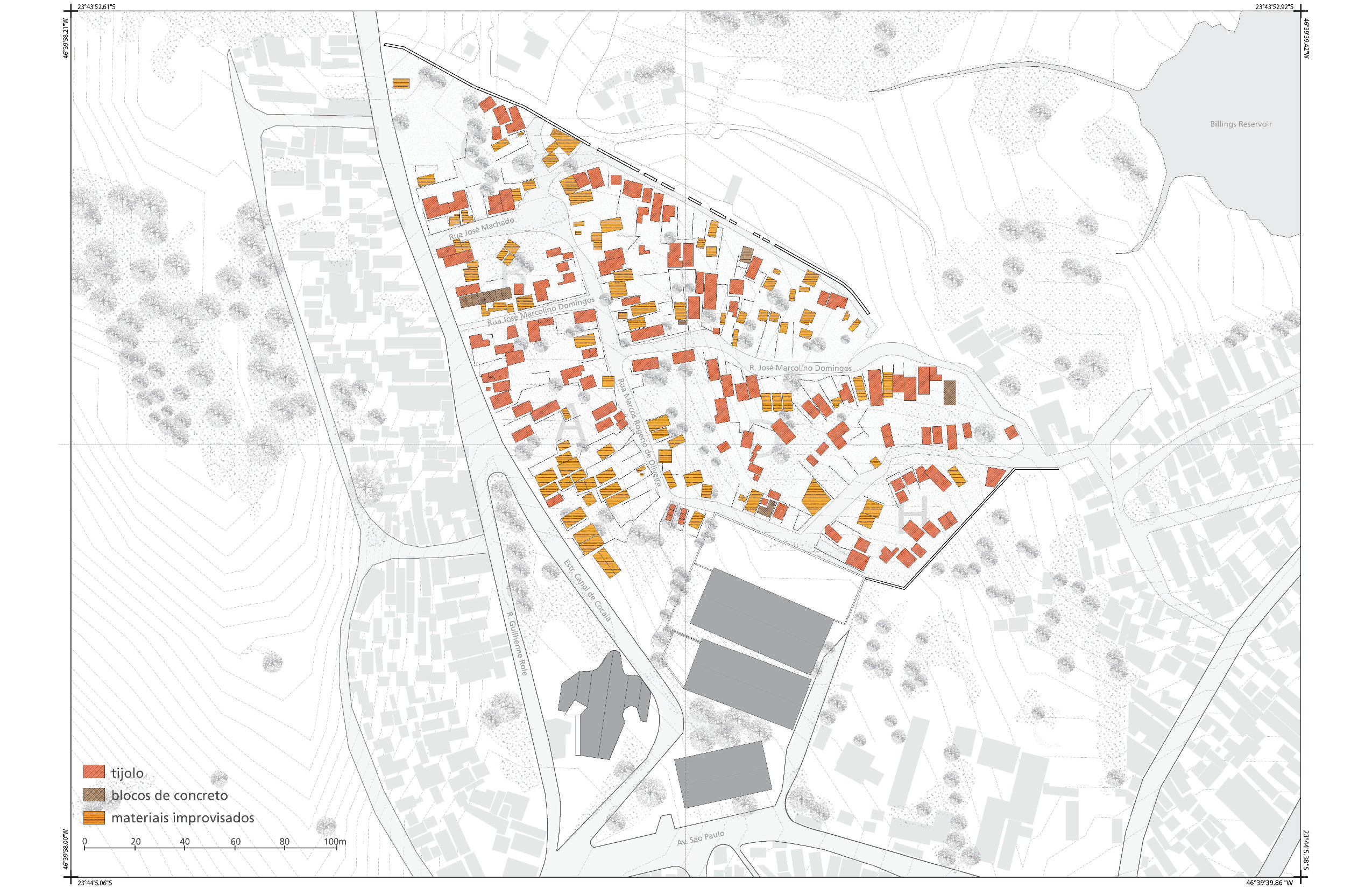
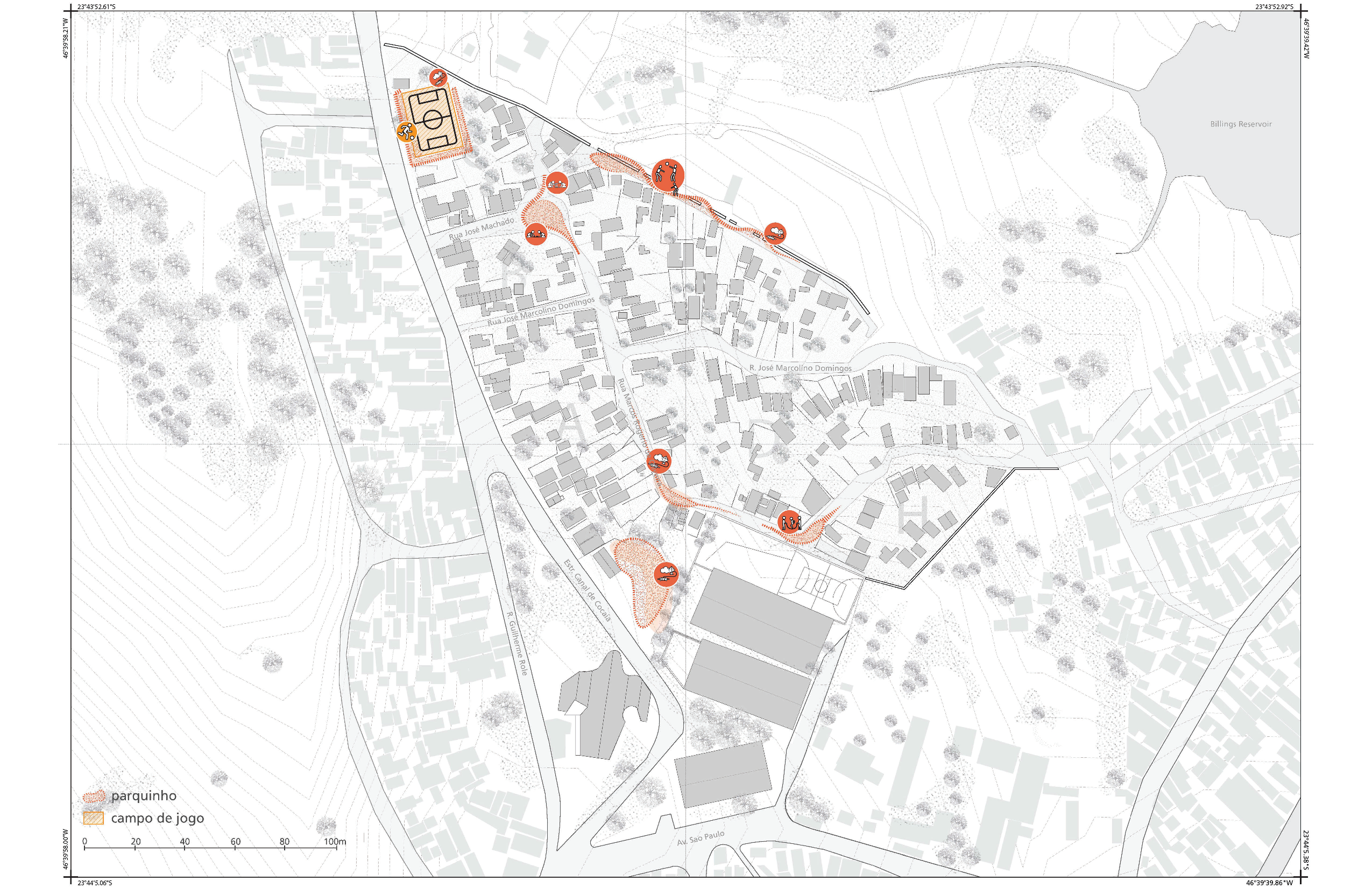
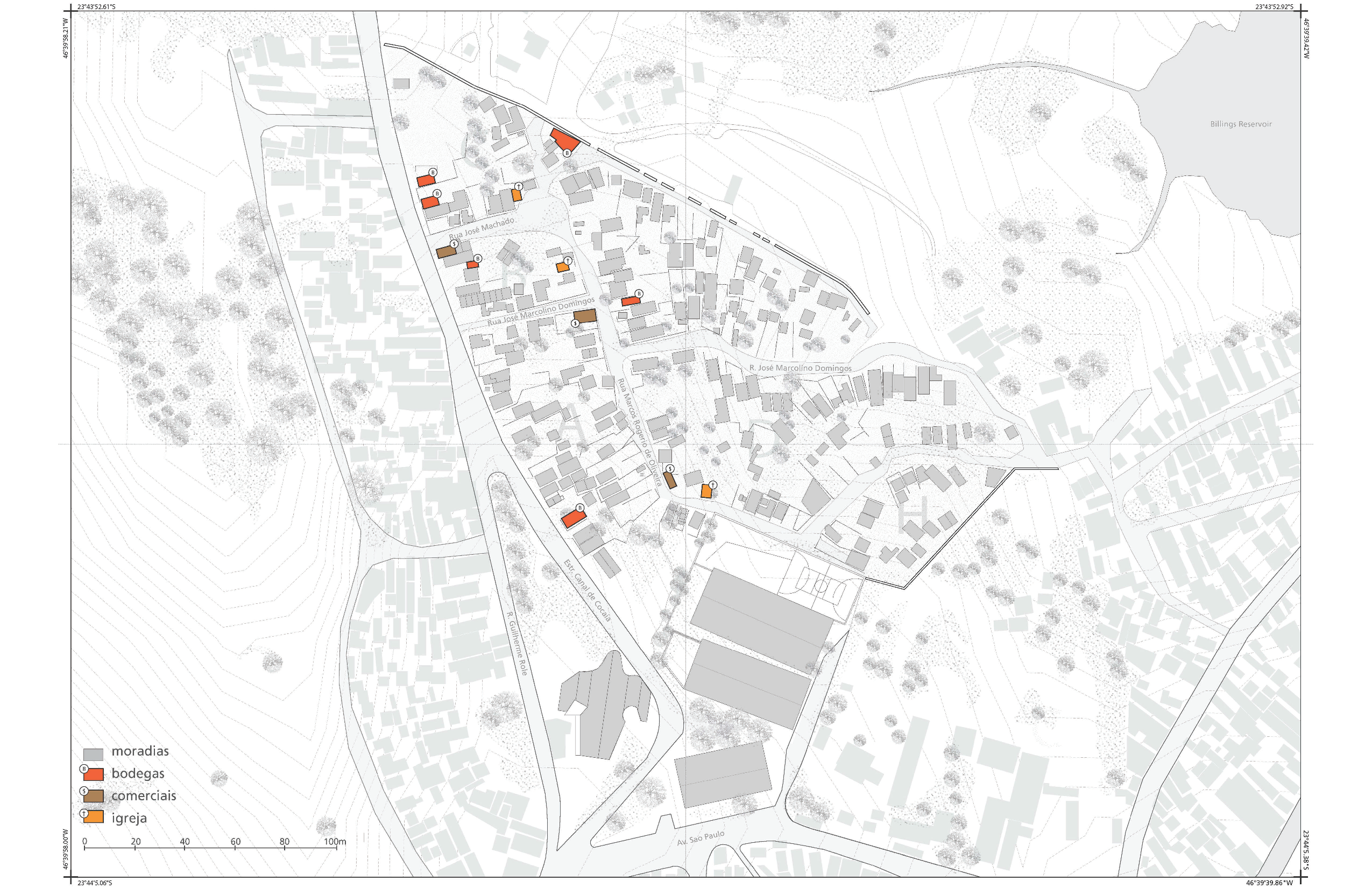
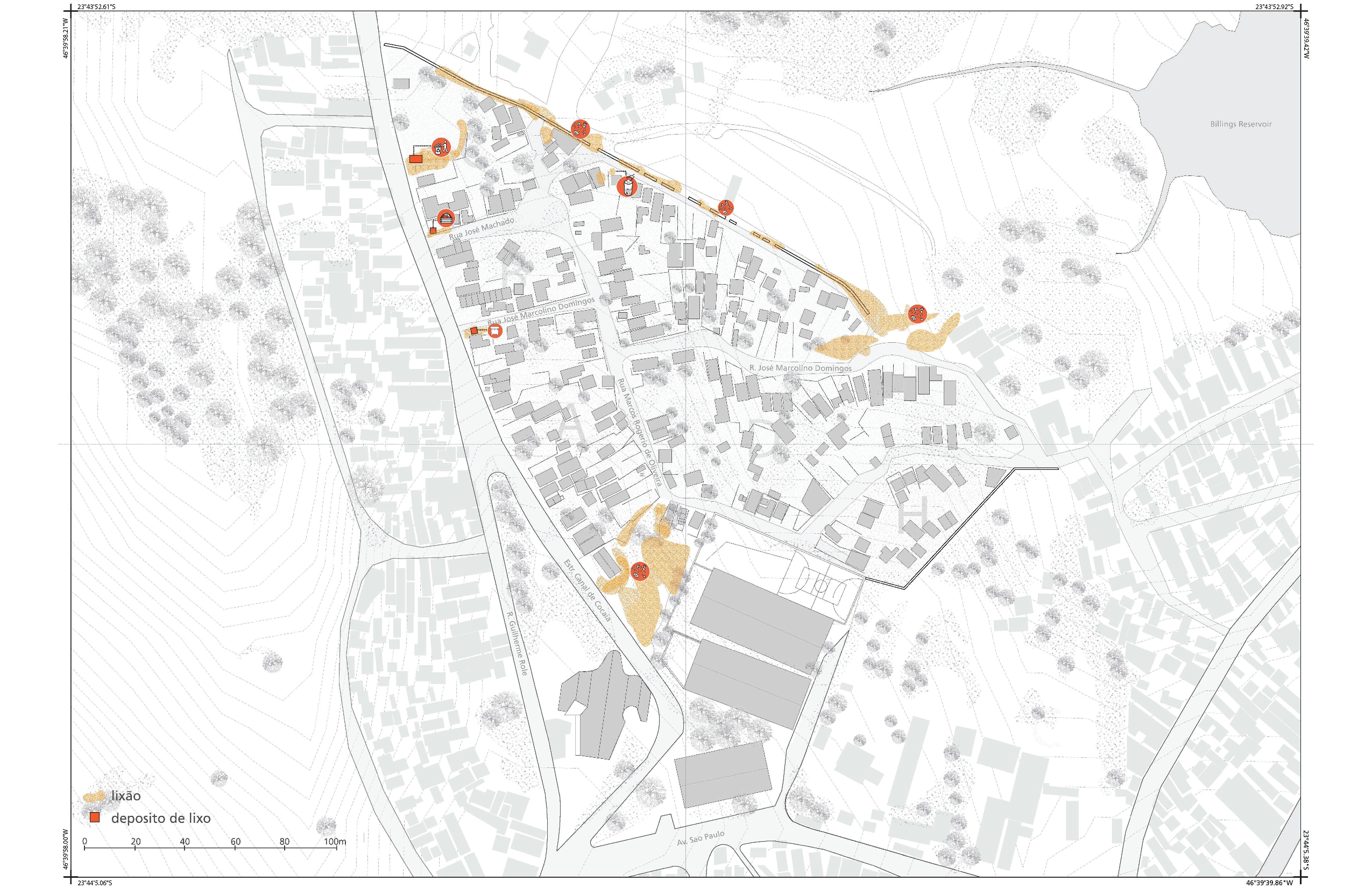
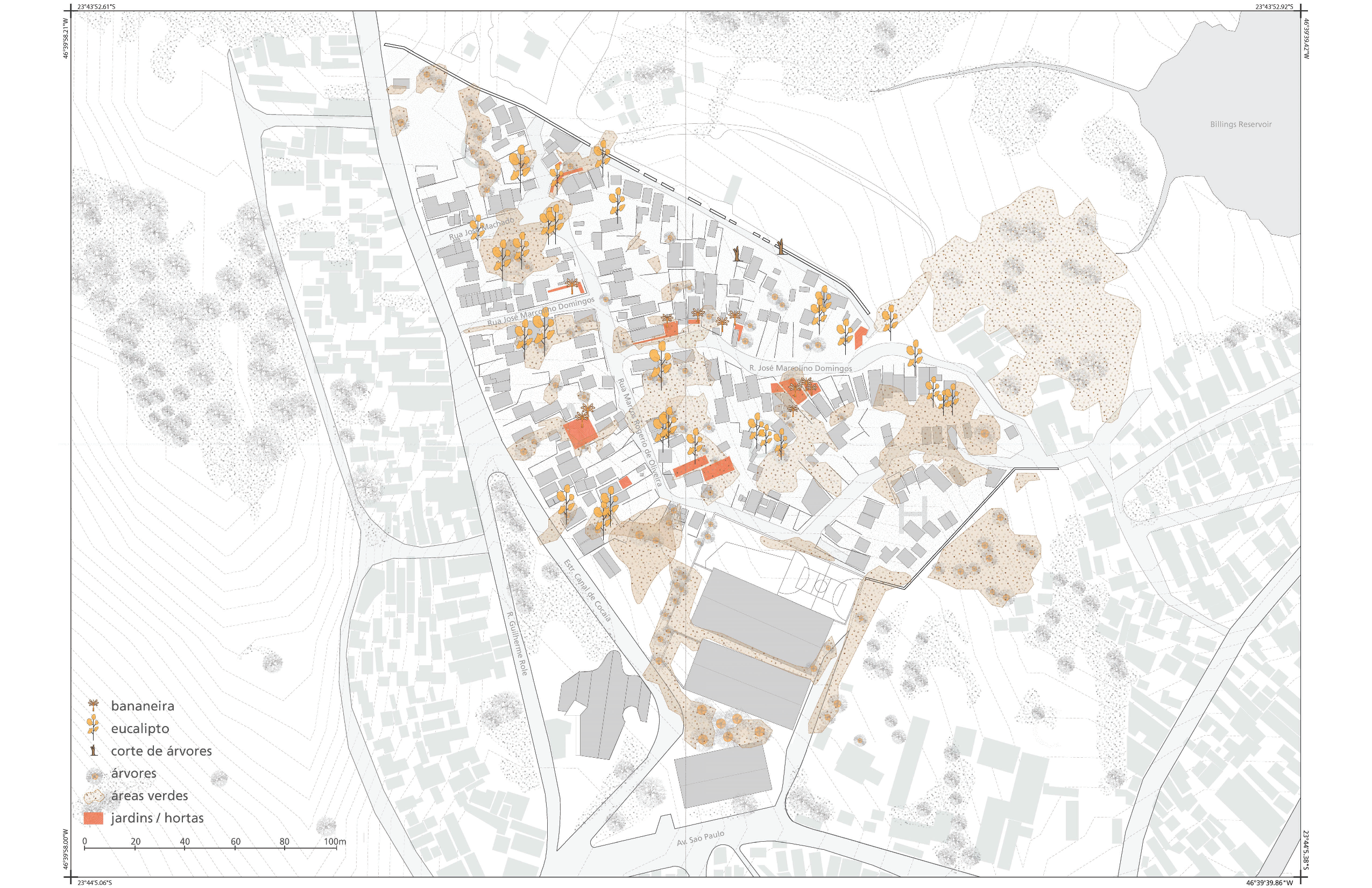
This report introduces the collaborative process developed with the Gaivotas Occupation, a young land occupation in the Grajaú District. The settlement is part of the Cocaia Peninsula, surrounded by the Billings Reservoir and with very limited connections to important city services. The settlement is home to some 150 families and undergoing a rapid transformation. Our project focuses on the case of a land occupation to examine the mechanisms, trajectories and decision-making processes that frame lower income residents’ struggle for the right to the city in São Paulo. Working together with residents, community organizers, and our local collaborators at LabJUTA (Territorial Justice Laboratory) in the Federal University of ABC, we examine the impact of legal decisions and urban regulations on the current housing and environmental crisis in the metropolis. In doing so, this (action) research project aims to give visibility to the increasing phenomenon of young land occupations in the periphery of the city of São Paulo while connecting these settlements and providing sustainable resources to their residents.
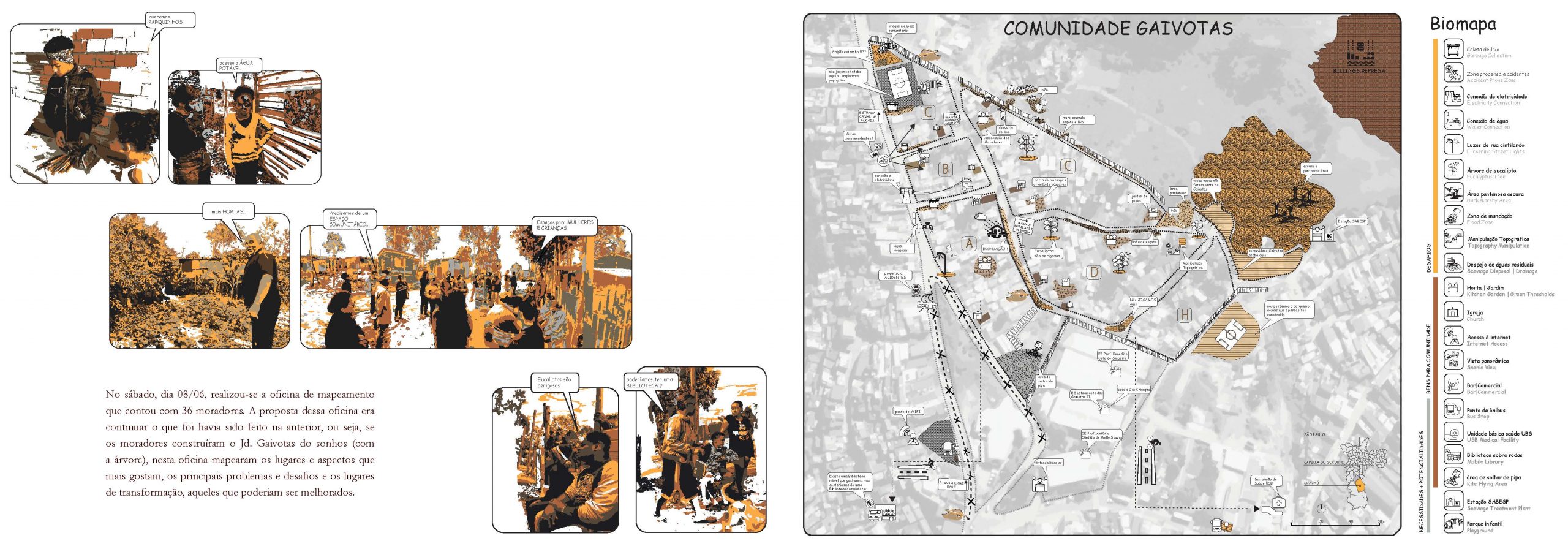
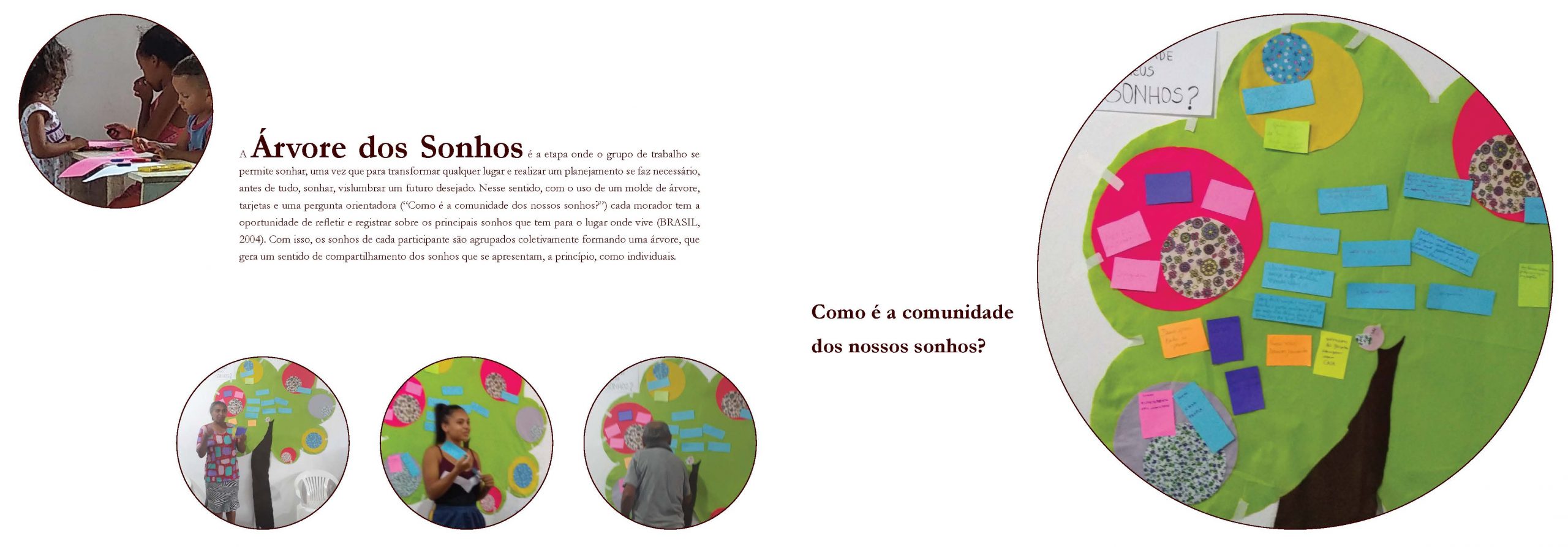
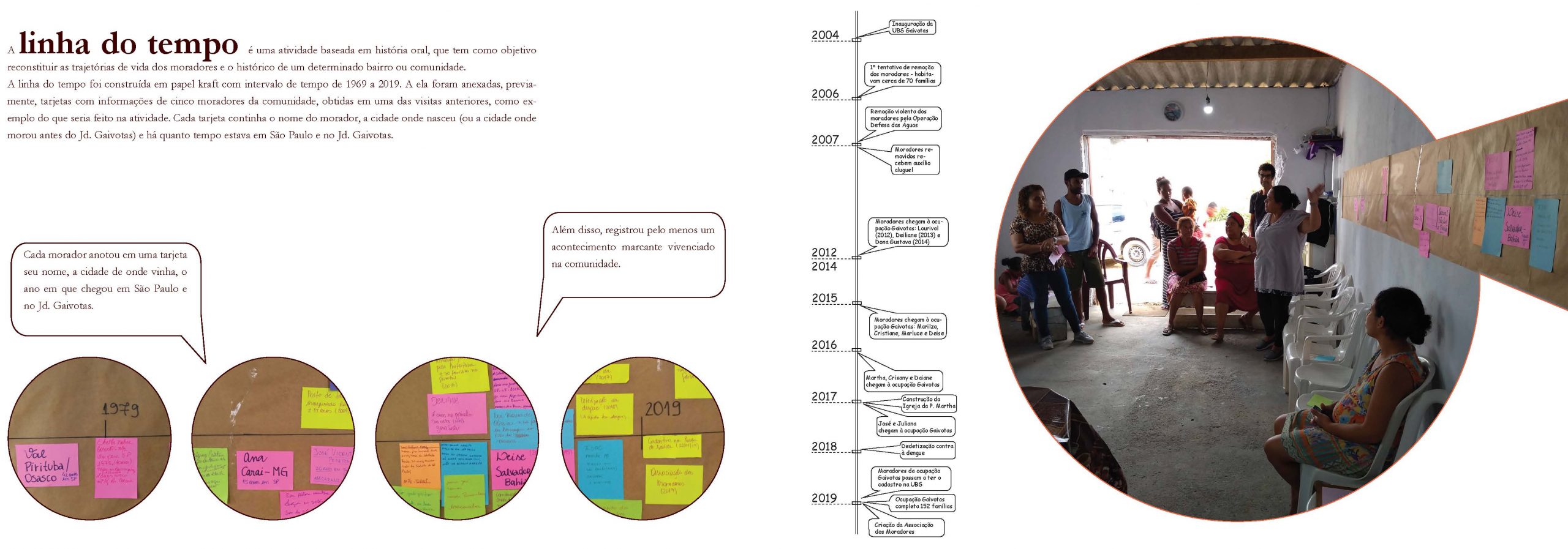
The project documents the socio-environmental site conditions and carries a policy and legal review to underscore some of the key challenges and opportunities this young community faces. A central focus in the co-construction of strategies of occupation and empowerment aims to support the internal organizational capacities of the community and their connection with other social and housing rights groups in the city. Learning from this analysis and the jointly developed diagnosis, residents engaged in a process of “future envisioning” identifying and prioritizing key actions, tactics for implementation, actors and their responsibilities overtime.

